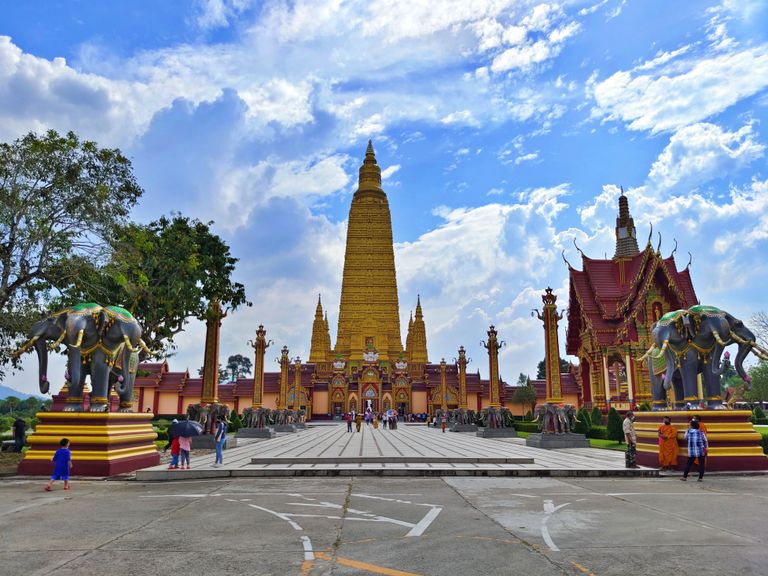
Hello everyone!
Today, I’m taking you along on my trip to Ao Luek in Krabi 🇹🇭, where I visited the serene and beautiful 🛕 Wat Maha That Wachiramongkol. This temple (do you remember that in Thai, “Wat” means temple?) is not only a stunning place but also a special place for making merit, an important practice in Thai Buddhism.
In Thailand, making merit (or ทำบุญ, "tham boon") is a deeply meaningful tradition. It goes beyond individual benefit—it’s a way to honor our ancestors and stay connected to our spiritual heritage. Traditionally, merit-making included ancestor worship, but it has evolved within Buddhism to encompass a broader range of good deeds and compassionate actions that bring peace, prosperity, and blessings into our lives.
Thai Buddhists believe that making merit not only improves one’s own life but also helps ease the path of loved ones who have passed on. Common forms of merit-making include offering food to monks (ตักบาตร, "tak bat"), donating to temples or charitable causes, releasing captive animals as a gesture of compassion, or simply practicing kindness and mindfulness in everyday life.
As the year draws to a close, it’s customary for many Thai people to visit nine temples—a number symbolizing auspiciousness—to ensure a prosperous and peaceful new year for themselves and their families. By making merit at this transitional time, we believe we carry forward good karma into the year ahead, inviting happiness and success into our lives.
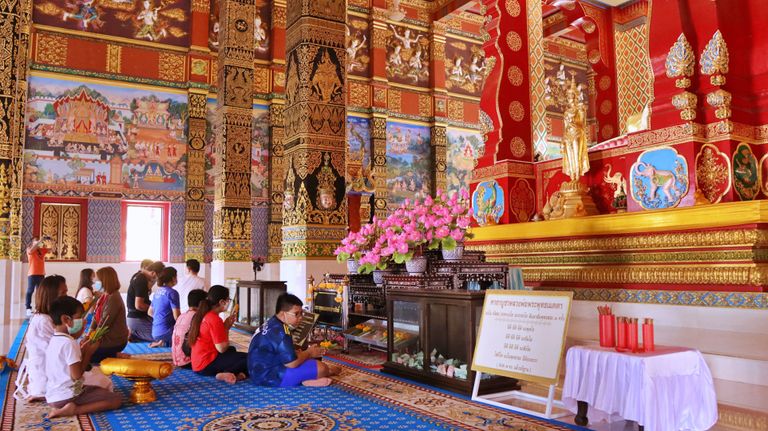
Phuket, Saturday, 10 AM
The car is ready, the tank is full, and I invite you to join us on our visit to Wat Maha That Wachiramongkol!
Our destination, located in Ao Luek, Krabi Province, is about a 2.5-hour drive from Phuket. Ao Luek is a popular destination for those who love nature and want to experience a quieter side of Thailand. This area is rich in history and offers a peaceful, scenic backdrop, making it an ideal setting for our visit to such a significant temple.
But enough talking! Everyone in the car—buckle up, GPS programmed, and let’s hit the road! 🚗💨

สวัสดีคร้าาาาาาา..... ทำบุญส่งท้ายปีเก่า ต้อนรับปีใหม่ สะสมเบียงบุญกันหน่อย นานๆ จะได้เข้าวัดเข้าวา เข้าบ่อยๆ ไม่ได้มันร้อน 555 บางคนก็ทำบุญ 9 วัดกันไปเลย เอาให้บุญหนักๆ ไปเลย วันสุดท้ายของปีก็สวดมนต์ข้ามปี พูดเลยบัวไม่เคยทำสักอย่าง สงสัยจะบาปหนัก 555 เพราะเข้าวัดเข้าวาได้เป็นครั้งคราว ใครสายบุญ บัวมีวัดมาแนะนำจร้าาาา..... เป็นวัดที่สวยม๊วกกกกกก..... นอกจากไปแล้วจะได้ถ่ายรูปสวยๆ อัพลงโซเซียลแล้ว ยังได้ทำบุญอีกด้วยจร้าาาาาา.... วัดที่บัวจะพาไปวันเน้..... มีชื่อว่าวัดบางโทง
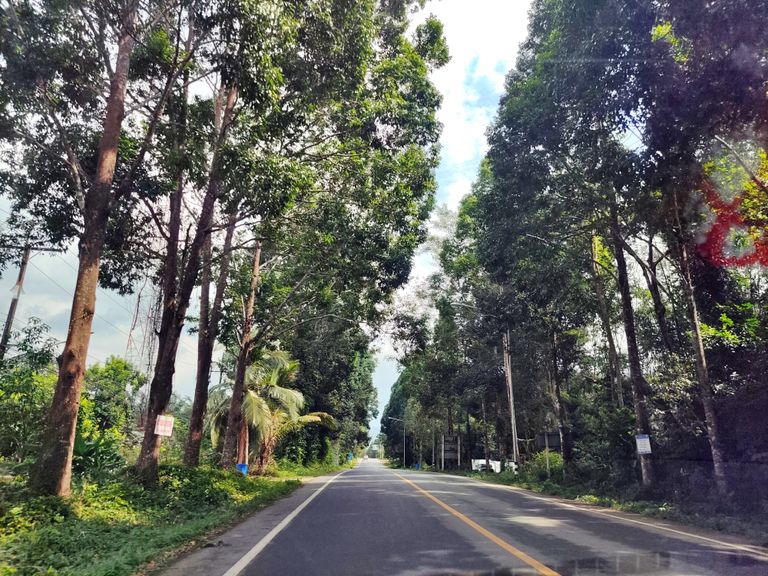

The road through Phang Nga Province is always an adventure in itself—picturesque, winding, and enchanting. This route takes you through some of the most stunning landscapes in southern Thailand, with views of towering limestone cliffs, lush tropical forests, and glimpses of traditional villages nestled in the greenery. Phang Nga is famous for its dramatic karst formations, which rise sharply from the ground, creating an almost otherworldly backdrop that makes the drive feel magical.
Although the road is often under renovation (a sign of its popularity and frequent use), it only adds to the sense of adventure. The journey through Phang Nga is as much a part of the experience as the destination itself, making every trip along this route a memorable one.
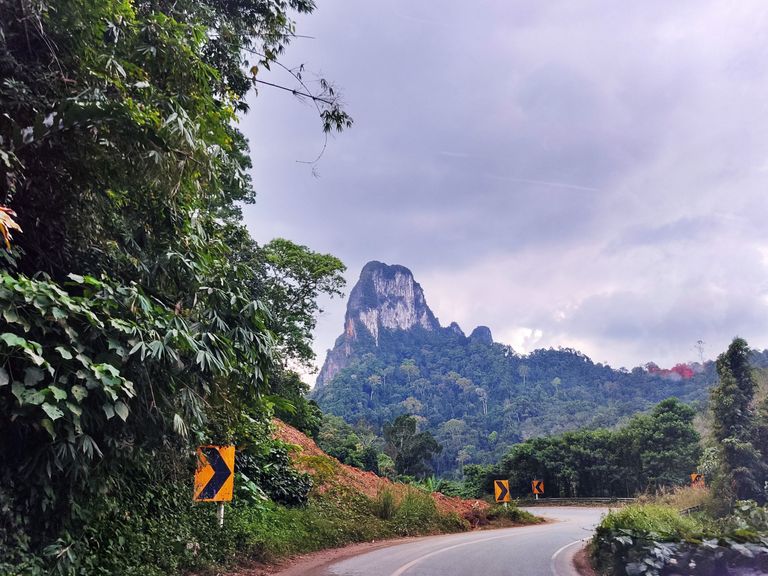
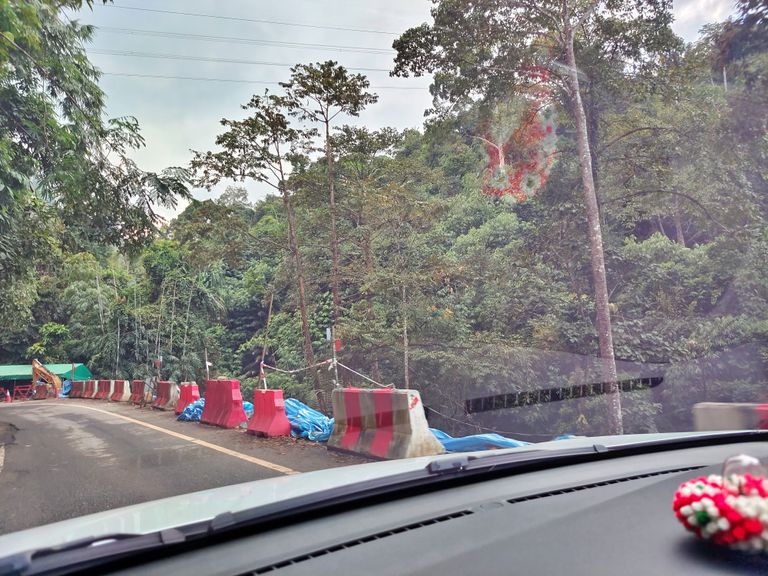
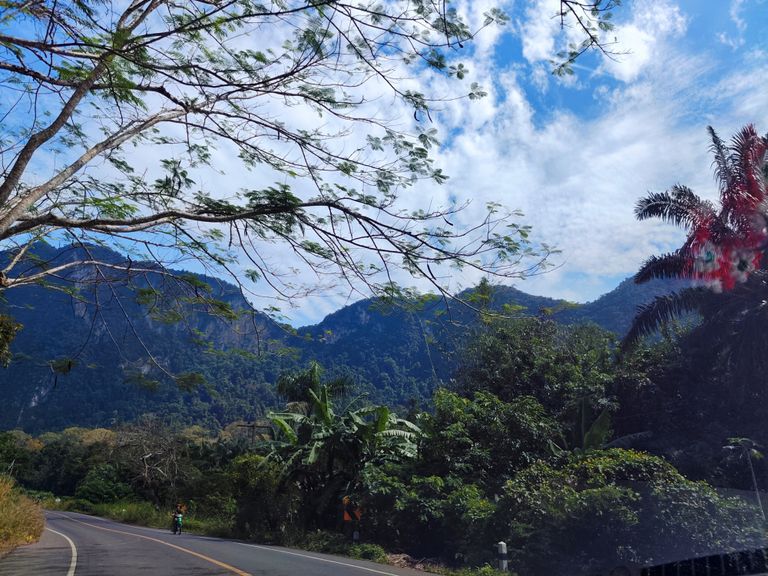
ก่อนไปขอเล่าประสบการณ์การเดินทางสักหน่อย บัวไม่ได้ออกจากภูเก็ตเลยตั้งแต่มีโควิดระบาด ครั้งนี้เป็นครั้งแรกน่าจะประมาณ 2 ปีได้มั้ง ตอนแรกตั้งใจจะไปกับเพื่อน เพราะเคยสวนสาแล้ว สาบอกไม่ไป พอบัวคุยกับเพื่อนนัดวันเรียบร้อย สาเกิดเปลี่ยนใจจร้าาาาา..... นางบอกว่าถ้าไปค้างคืนที่นั่นสักคืน สาจะไปด้วย บัวก็เลยบอกเพื่อนว่าแผนเปลี่ยน เพื่อนก็เลยสละสิทธิ์ไม่ไปด้วย บัวก็เลยเดินทางไปกับครอบครัว (เนี่ยถ้าไม่เขียนโพสต์คงไม่ได้มีโอกาสได้ไปทำบุญ และเที่ยวแบบนี้หรอก) ก่อนออกเดินทางก็ตั้งจีพีเอสในรถเลยจร้าาาา.... จุดหมายปลายทางคือวัดบางโทง จังหวัดกระบี่ แล้วสิริพาเราไปไหนก่อนนนนน..... พาไปเส้นทางเก่าจร้าาาาาา..... ถนนเส้นเล็กๆ ที่ไม่ค่อยมีคนสัญจร ทั้งคดเคี้ยวไปมา ทั้งชัน บางจุดซ่อมถนนจร้าาาาาา.... บางจุดเป็นหุบเหว การขับต้องระมัดระวัง โดยเฉพาะเวลาที่มีรถสวนทางมา ต้องค่อยๆ คลานกระดึบ.... กระดึบไป จนสาถามว่าเธอตั้งจีพีเอสถูกป่ะเนี่ย บัวก็เลยลองตั้งใหม่ แต่มันไม่มีทางเลือกไง เพราะมันเป็นถนนเส้นเดียว สองข้างทางเป็นป่าทึบ จีพีเอสก็บอกให้ตรงไปอย่างเดียว จะให้เลี้ยวไหนหล่ะ เลี้ยวก็ลงเหวเท่านั้น 555 มองไปข้างหน้าเหมือนไม่มีจุดสิ้นสุด เหมือนหลงอยู่ในเขาวงกต อารมณ์นั้นเลย 555
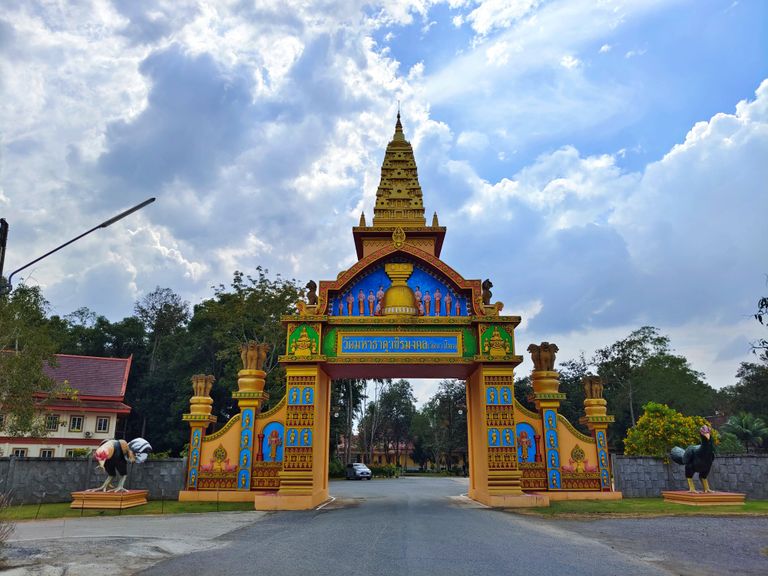
Wat Maha That Wachiramongkol
Around 2 pm, after a relaxing lunch break where we enjoyed a warm bowl of noodle soup, we finally reached our destination.
Welcome to Wat Maha That Wachiramongkol—formerly known as Wat Bang Thong or วัดมหาธาตุวชิรมงคล ( วัดบางโทง ) in Thai. This magnificent temple, located in Moo 3, Na Nuea Subdistrict, Ao Luek District, Krabi Province, is a revered center of Buddhism in the region and has become one of Krabi's must-visit landmarks.
In years past, on Saturdays and Sundays, the area in front of the temple hosted a lively Thai food market. Vendors would not only sell local delicacies but also demonstrate the preparation of traditional desserts, adding to the cultural experience for visitors.
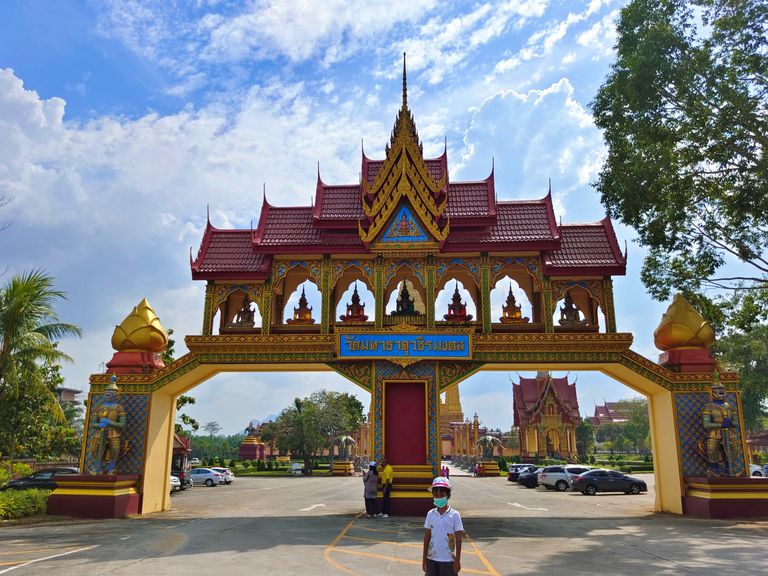
Construction of Wat Maha That Wachiramongkol began in 2012, funded by donations generously contributed by the local community, and the temple officially opened its doors in 2018. Its architecture is a stunning blend of Indian and Thai styles in the Putthakaya style, designed to evoke the beauty and reverence of Buddhist heritage. Towering above is the temple’s iconic golden chedi (pagoda), which stands proudly at 70 meters high, making it the tallest temple structure in southern Thailand.
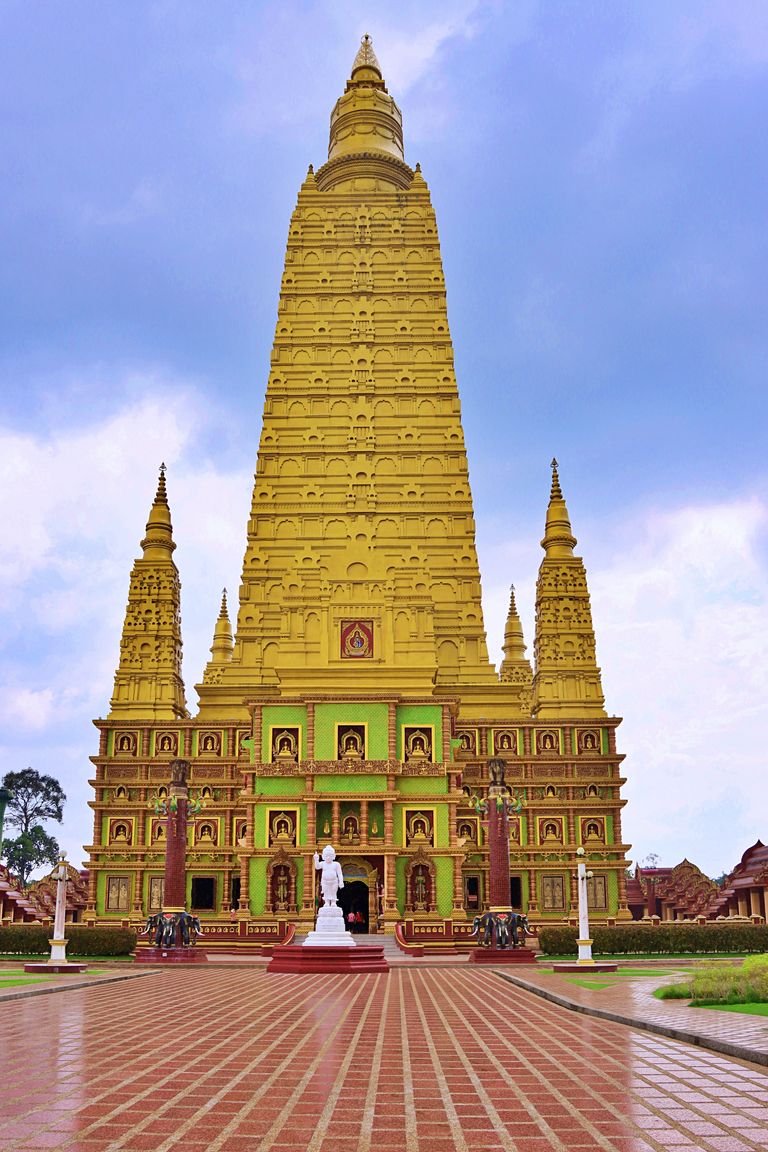
ที่เห็นเจดีย์สีทองสูงตระหง่านนี้ (เจดีย์ทอง) สูง 70 เมตร คือสูงม๊วกกกกก..... แหงนคอตั้งเลย เริ่มสร้างในปี 2555 ด้วยการบริจาคที่รวบรวมจากคนในท้องถิ่น ได้เปิดในปี 2018 สถาปัตยกรรมเป็นส่วนผสมของอินเดีย และไทยในสไตล์พุทธคยา ปัจจุบันเป็นวัดที่สูงที่สุดในภาคใต้ของประเทศไทย

But let’s not rush—first, let’s take our time to explore the beautiful surroundings and the temple grounds, which are filled with fascinating sights. Even though the weather is a bit overcast today, it doesn’t take away from the beauty and serenity of this place.
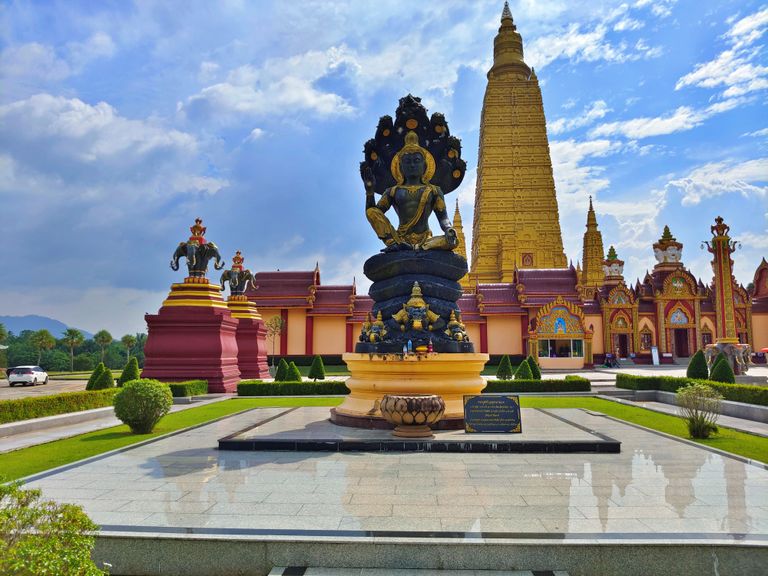
Thao Jatukam Ramathep
To the left, you’ll notice a striking black statue featuring a large, seven-headed snake spreading its hood over the figure’s head. This is Thao Jatukam Ramathep, a revered guardian deity.
The name Jatukam Ramathep refers to the protective deity of Wat Phra Mahathat Woramahawihan. Originally, in Brahmanism, Jatukam Ramathep was regarded as a high-ranking deity and has been venerated across Thailand. As Buddhism spread throughout Southeast Asia, local beliefs adapted, transforming Thao Khattukham and Thao Ramthep from Brahmanic deities into guardian angels of Buddhism. Their names were auspiciously combined, giving us Jatukam Ramathep, who now watches over the sacred entrance to the Buddha’s relics.
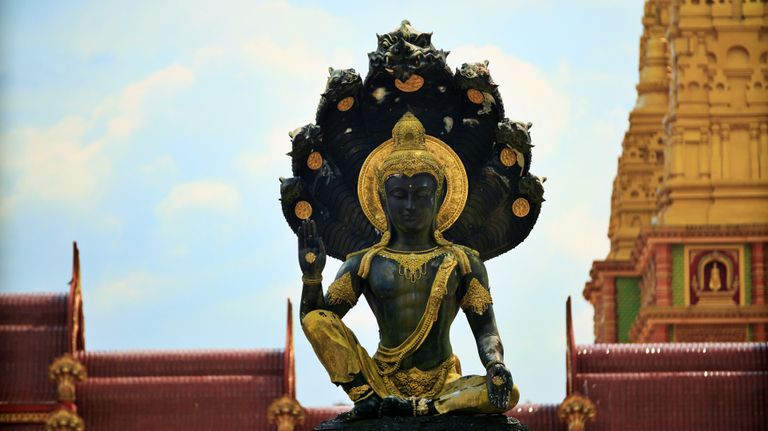

เมื่ออยู่ด้านหน้ามองไปยังด้านซ้ายมือ จะเห็นรูปปั้นสีดำองค์ใหญ่ เหนือศีรษะมีงูขนาดใหญ่มี 7 หัว แผ่แม่เบี้ยอยู่ คือ ท้าวจตุคามรามเทพ
จตุคามรามเทพ หมายถึง เทพผู้พิทักษ์ วัดพระมหาธาตุวรมหาวิหาร ซึ่งเดิมมีความเชื่อใน ศาสนาพราหมณ์ เป็นเทวดาชั้นสูง และพบเห็นได้ทั่วไปในทุกภาคของประเทศไทย
เมื่อภูมิภาคเอเชียอาคเนย์นี้ได้รับอิทธิพลของพระพุทธศาสนา ท้าวคัตตุคาม และ ท้าวรามเทพ ได้แปลงกายเป็นเทวดาผู้พิทักษ์ เปลี่ยนชื่อเป็น จตุคามรามเทพ ประทับอยู่ที่ประตูทางเข้า สู่พระบรมสารีริกธาตุ

Thao Sakkthevathirat
On the right-hand side stands the impressive residence of Thao Sakkthevathirat, also known as Phra In or Thao Amarin Devathirat.
In Thai beliefs, Thao Sakkthevathirat is the supreme king of all gods in the Daowadung heaven, holding the title of Indra. However, this role of Indra is not fixed to one being—it rotates based on merit. When an Indra's merit is exhausted, a new deity takes their place. So, in essence, there are many “Indras,” each with a lifespan determined by the good deeds they have accumulated. I found it fascinating to learn this, as I had always thought of Indra as immortal, existing forever.
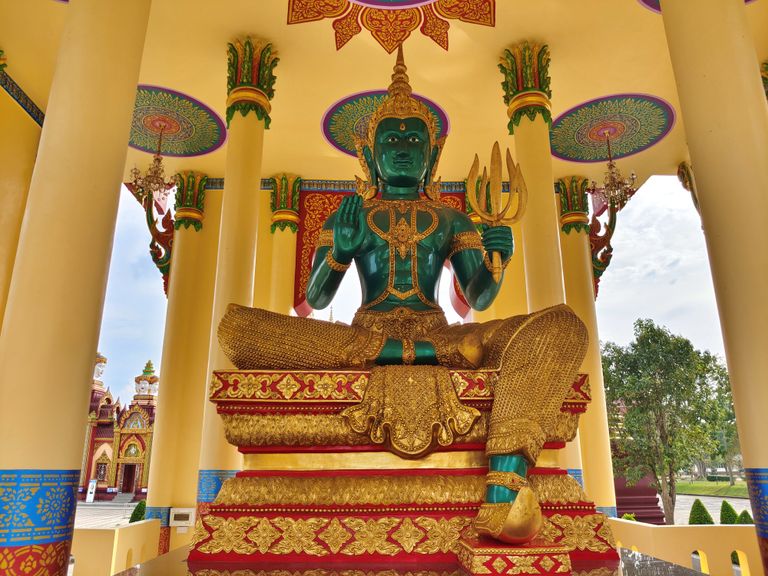
ส่วนทางด้านขวามือเป็นที่ประทับของ ท้าวสักกะเทวาธิราช ซึ่งก็คือ พระอินทร์ หรือ ท้าวอมรินทร์เทวาธิราช หรือ ท้าวศักดิ์เทวราช เป็นตำแหน่งของกษัตริย์ผู้เป็นกษัตริย์สูงสุดในสวรรค์ ดาวดึงส์ ตำแหน่งนี้จะหมุนเวียนไปตามผลบุญที่ได้ทำไป เมื่อหมดบุญก็จะมีองค์ใหม่มาแทนที่ เรียกได้ว่า พระอินทร์ มีหลายองค์ แต่ละองค์มีอายุขัยตามบุญที่ได้ทำมา บัวก็เพิ่งรู้ว่าพระอินทร์มีหลายองค์ ตอนแรกคิดว่าเป็นอมตะ ไม่มีวันตาย
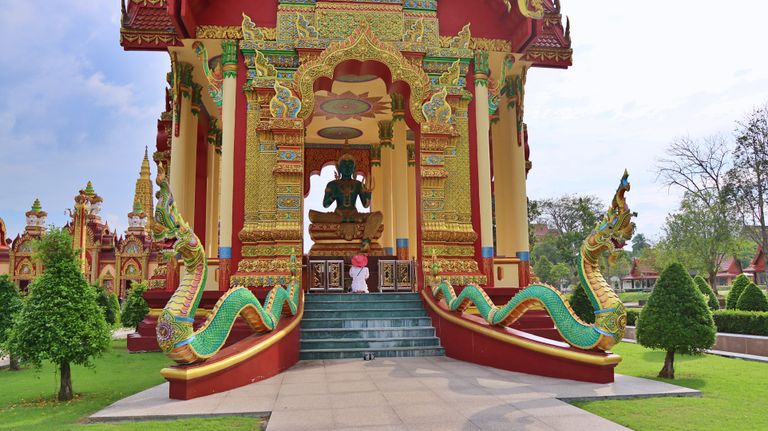
On each side, you’ll see a majestic Nāga (พญานาค)—the mythical serpent revered in Thailand for its association with rain and fertility. According to Thai beliefs, the Nāga has the power to control the rains and is honored as the builder of the Singhanavati Kingdom in northern Thailand. The presence of these Nāga statues enhances the sacred atmosphere of the temple, as many Thai people deeply respect the Nāga for bringing seasonal rains and blessings.
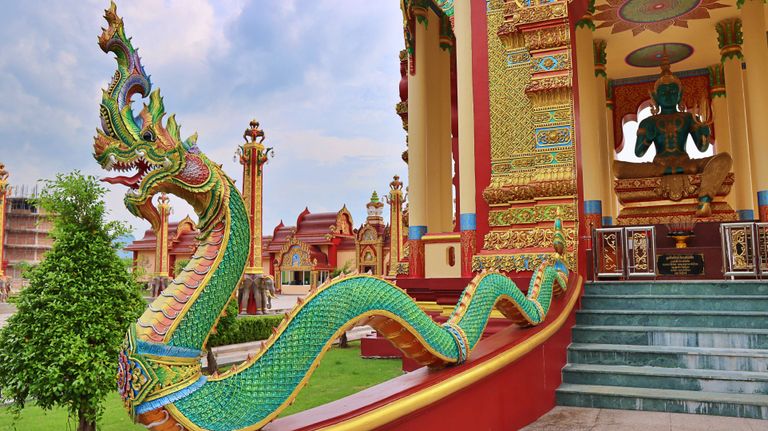
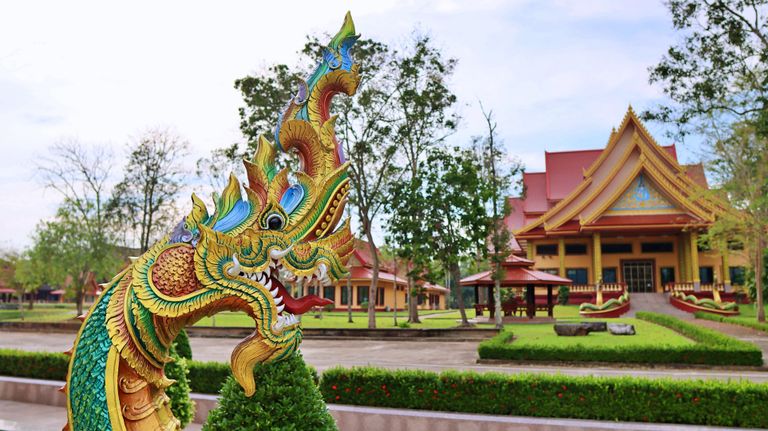
บริเวณบันไดทางขึ้นก็จะมีพญานาค 2 ตน ซึ่งสวยงามมากๆ คนไทยส่วนใหญ่นับถือพญานาค นัยว่าให้ฝนตกต้องตามฤดูกาล
Dessert Time
After a bit of exploring, it’s time for a break! We decided to stop at the café overlooking the temple, near the entrance, for a quick dessert before continuing into the temple grounds. My son, who’s been quietly (and not-so-quietly) hinting that he’s hungry since morning, was more than ready for a treat. Although he had a bit of noodle soup earlier, he’s been waiting for something more substantial.

The café doesn’t offer full meals, but it has plenty of coffee, drinks, snacks, and cheesecake—just right for a quick refreshment. I treated myself to a cheesecake and a bottle of water, while my son and husband each picked out their own drinks and snacks. It was a nice little break, giving us a chance to recharge and enjoy a bit of family time.
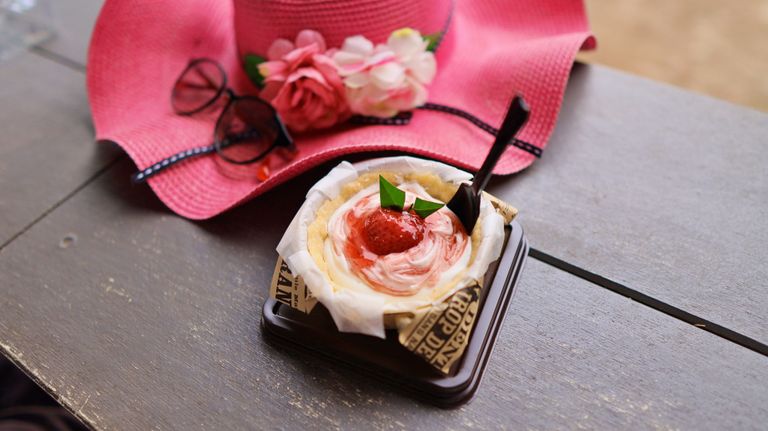
ถ่ายรูปได้สักพักลูกชายก็บ่นหิวตลอดทาง เพราะตอนเช้าได้กินก๋วยเตี๋ยวกับน้ำเปล่าแค่นั้น บริเวณทางเข้ามีร้านกาแฟอยู่ ก็เลยพักยกพาลูกไปหาอะไรกินก่อน ซึ่งที่ร้านก็ไม่มีอาหารหนักๆ มีแต่กาแฟ เครื่องดื่ม ขนม และชีสเค้ก
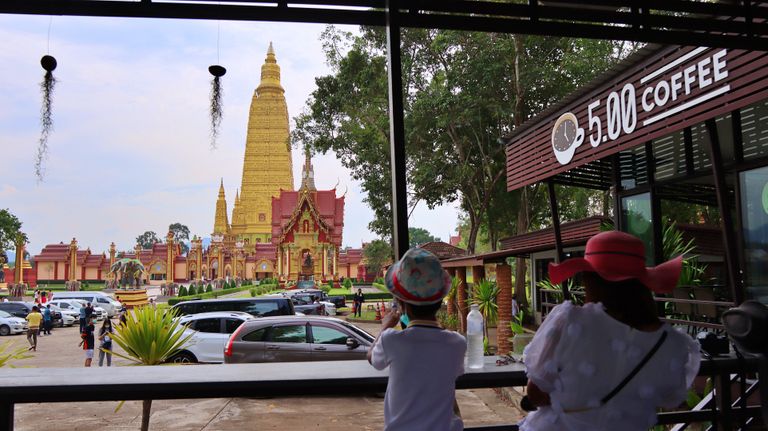
While savoring the cheesecake, I took a moment to sit back and admire the magnificent view of the golden-yellow chedi towering above us. The scene was peaceful, the perfect way to enjoy a little indulgence before heading into the heart of the temple.
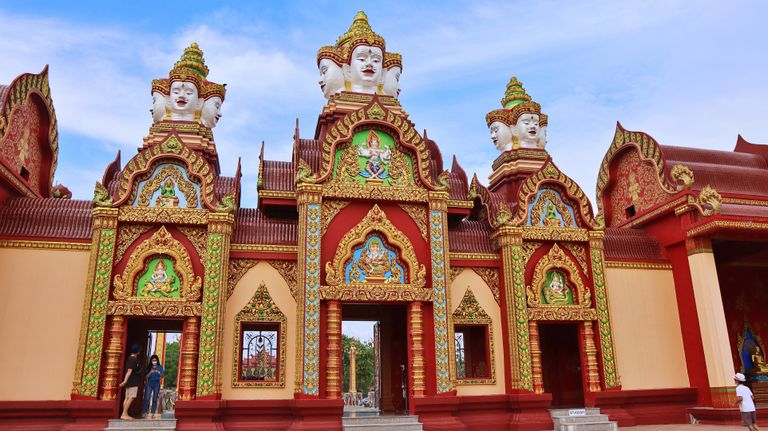
Entering the Enclosure of Wat Bang Thong
As usual, before entering the enclosure thank you to remove your shoes—a gesture of respect in Thai temples. And I hope you came dressed appropriately for this sacred place! 😊 Men should avoid sleeveless shirts, and women are expected to wear modest clothing that covers their shoulders and knees.
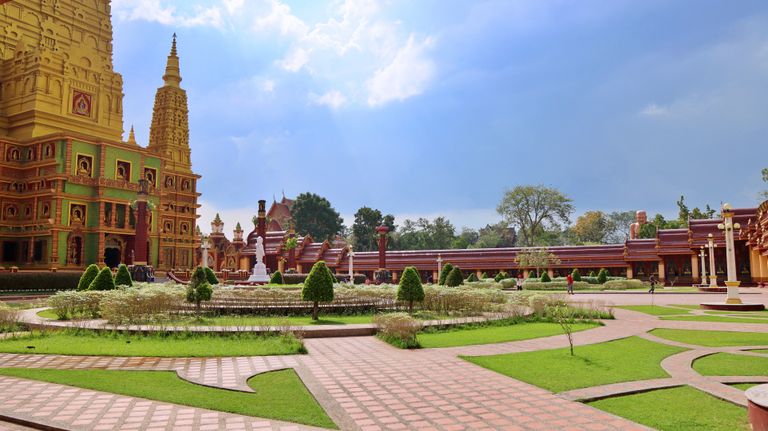
Stepping into the inner courtyard felt like entering a hidden paradise. The beautifully landscaped gardens, vibrant colors, and serene pathways create an almost magical atmosphere. I still can’t believe this place remains such a hidden gem, with so few tourists around to enjoy its beauty.

หลังจากอิ่มหนำสำราญแล้ว ก็ไปต่อค่ะ ก่อนเข้าด้านในข้อควรปฏิบัติ คือแต่งตัวให้สุภาพ คือชุดบัวเนี่ยแทบจะเห็นแค่ลูกกะตา กะเท้าเท่านั้น 555 และถอดรองเท้าก่อนเข้าไปด้านใน สวนในลานด้านในนั้นตกแต่งไว้อย่างสวยงาม วันที่ไปไม่ค่อยมีนักท่องเที่ยวสักเท่าไหร่ โควิดเป็นเหตุ สังเกตได้
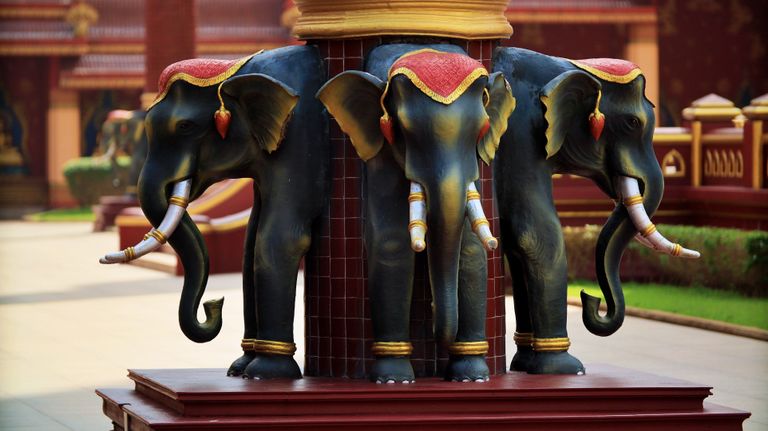
And let’s not forget the decorations—they’re absolutely breathtaking, adding a layer of artistry and reverence to every corner of this sacred space.
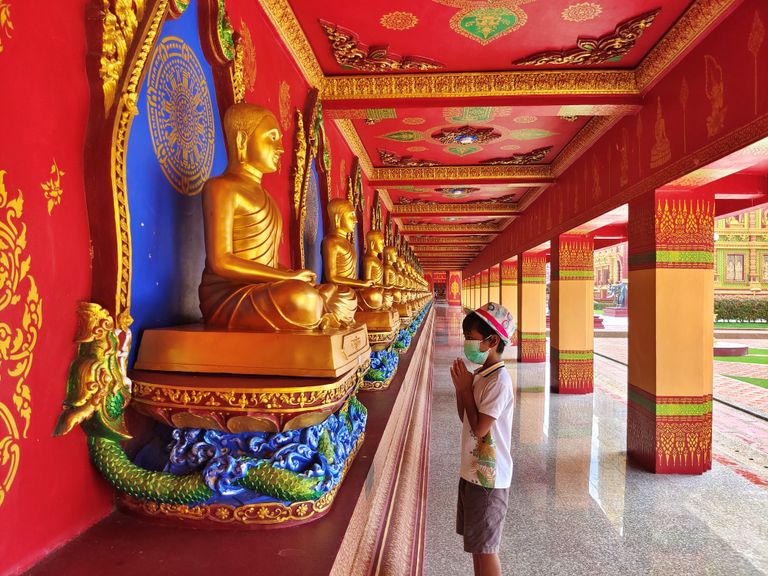
The Hundreds of Buddha Images
As we enter the enclosure, we’re surrounded by an awe-inspiring sight: countless statues of the Buddha fill the area, each one radiating peace and serenity.
Encircling the Phra Mahathat Chedi is a special walkway called Rabiang Rai, which wraps around the chedi on all four sides. Along this walkway, Buddha statues are beautifully arranged, allowing visitors to pay their respects at each turn. Walking this path not only brings us closer to the pagoda but also offers a chance to admire the delicate artistry of Thai craftsmanship. The intricate patterns carved by skilled artisans enhance the spiritual experience, making every step feel significant.
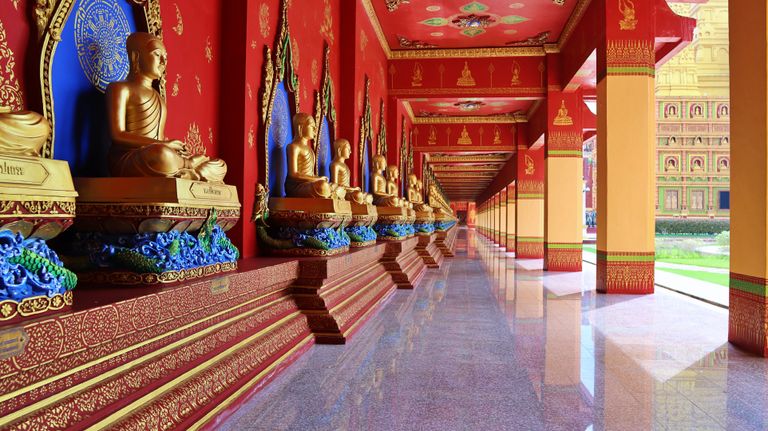
นี่เป็นทางเดินที่เรียกว่า "ระเบียงราย" ซึ่งสร้างล้อมรอบพระธาตุเจดย์ไว้ทั้ง 4 ด้าน และมีพระพุทธรูปตั้งเรียงรายมากมาย สายบุญไม่ควรพลาดด้วยประการทั้งปวง สำหรับวันนี้เป็นแค่น้ำจิ้ม 555 แล้วเจอกันโพสต์หน้าค่ะ
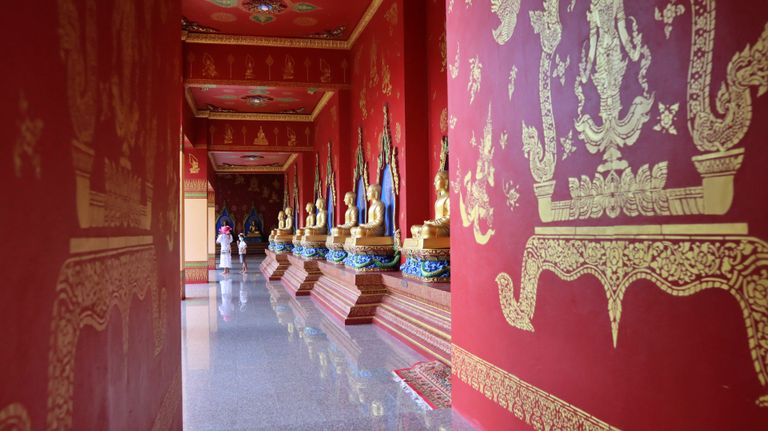
For those who cherish merit-making, this walkway is a must-see.
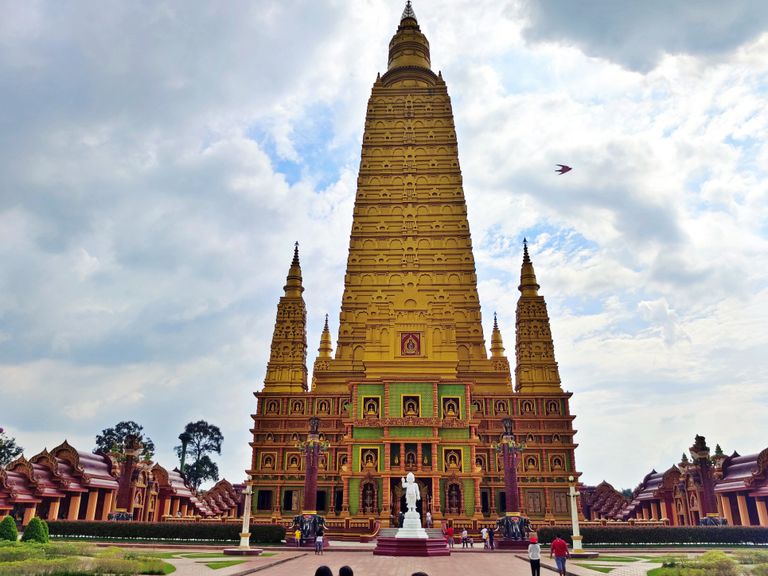
The Stunning 70-Meter-High Golden Chedi
Seeing this incredible 70-meter golden chedi with my own eyes is a breathtaking experience. The sheer size and magnificence leave me in awe, and I can hardly believe I only recently learned about this place—even though I live not far from here!
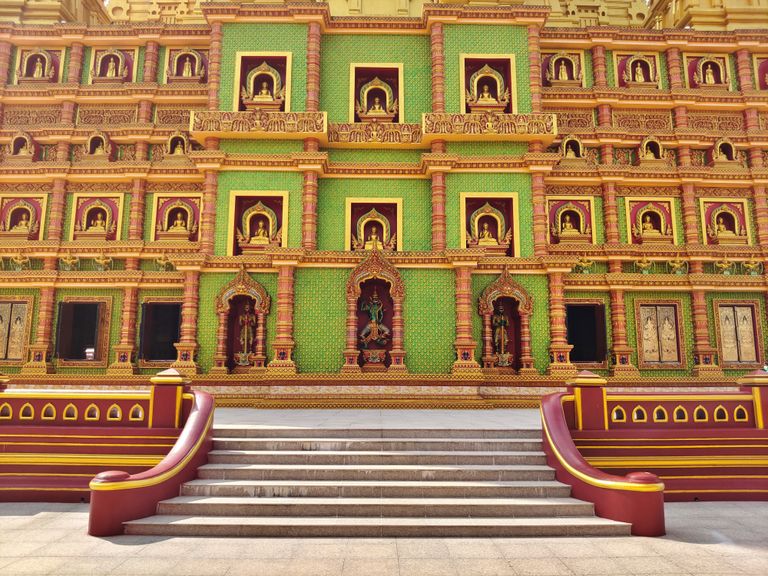
The chedi’s surface is adorned with a traditional Thai Kanok pattern, and the use of “Kanok” instead of “Kranok” signifies that it’s golden. This intricate pattern is inspired by nature and Thai legends, bringing a mystical charm to the structure. Each level of the pagoda is decorated with Buddha images, creating a serene atmosphere as you look up at this towering monument. At the base, you’ll find a giant statue holding a baton, adding an even grander touch to the already impressive structure.
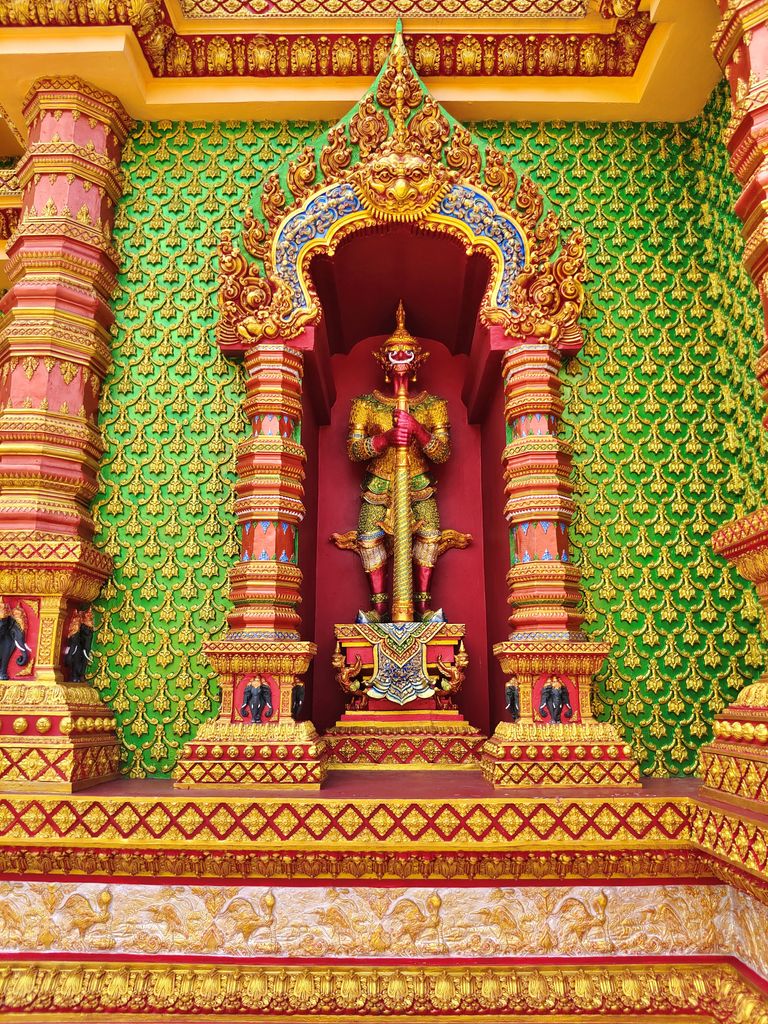
The Temple Guardians: Yaksha Statues
In Thai temples, it’s common to encounter Yakshas (ยักษ์)—the powerful guardian giants who watch over sacred spaces. These statues represent mythical beings with roots in both Brahmanism and Buddhism, revered as protectors who keep evil forces at bay. According to Thai beliefs, Yakshas vary in appearance and status based on their merit: the most virtuous Yakshas are depicted with golden adornments and refined features, while lesser Yakshas are portrayed with more intimidating forms.
This first Yaksha stands in a guarding posture, firmly holding a baton in front of him. This stance reflects a sense of duty and vigilance, symbolizing the giant’s role as a steadfast protector of the temple’s entrances.
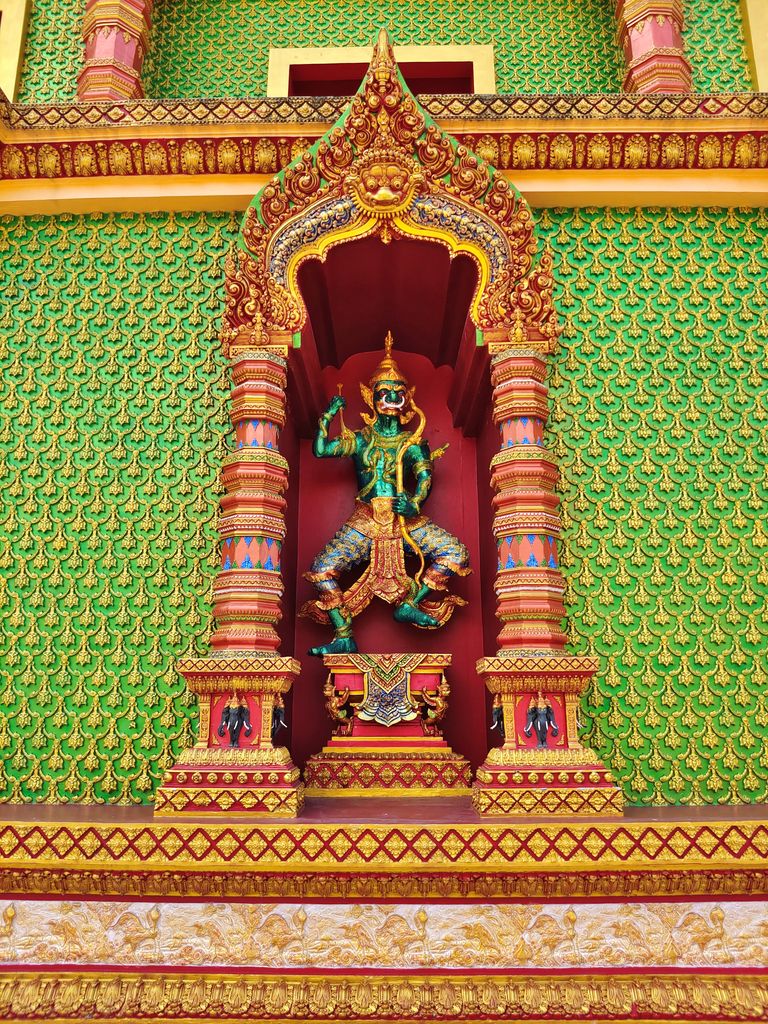
The second Yaksha takes on a different posture, with one arm raised in a gesture that conveys power and readiness. This dynamic pose represents the Yaksha’s active role in safeguarding the sacred space and his willingness to defend the Dharma. This particular posture is said to embody the Yaksha’s journey from a being of brute strength to a protector who upholds Buddhist teachings.
According to legend, the Buddha himself taught the Yakshas to overcome their pride and aggression by embracing the Dharma. Those who accepted his teachings transformed into devoted protectors of Buddhism, becoming symbolic guardians of stupas, pagodas, and other sacred structures. Now, these colorful and intricately adorned figures stand not only as symbols of protection but also as reminders of spiritual growth and dedication to the Buddhist path.
In addition to their protective roles, Yakshas hold cultural significance in Thailand. For instance, they are used as a representation of the Thai letter ย and are revered as figures of resilience and strength within Thai culture.
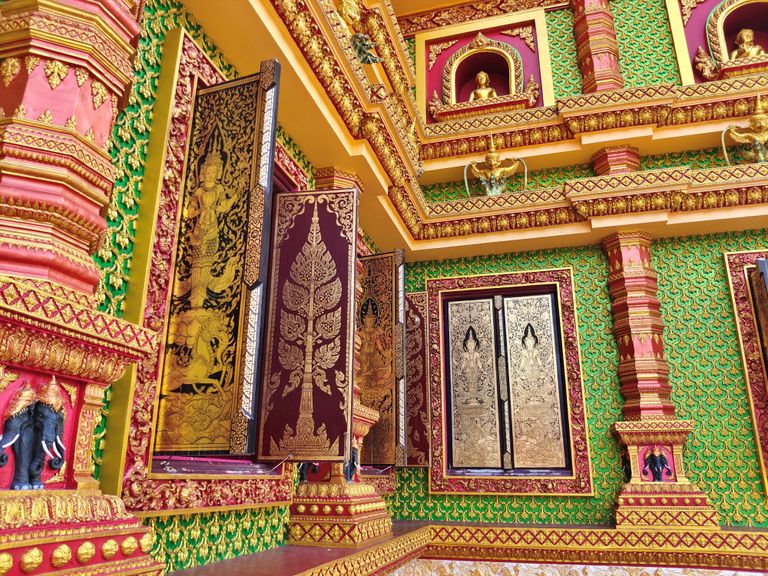
สวัสดีคร้าาาาา..... วันเน้..... เป็นตอนที่ 2 และเป็นตอนสุดท้าย ที่บัวมัดรวมกันไว้ในโพสต์นี้ วันนี้ต้องรีบเข็นออกมา ทิ้งระยะเวลาหลายวัน กลัวเพื่อนๆ จะลืมตอนแรกไปซะก่อน เดี๋ยวจะต่อกันไม่ติด วันเน้.... ก็จะพาเพื่อนๆ ไปเรียนรู้เกี่ยวกับพระพุทธศาสนาในประเทศไทย และความเชื่อของคนไทยเกี่ยวกับพระพุทธศาสนา จากภาพที่บัวได้ถ่ายมาให้เพื่อนๆ ได้ชมกัน
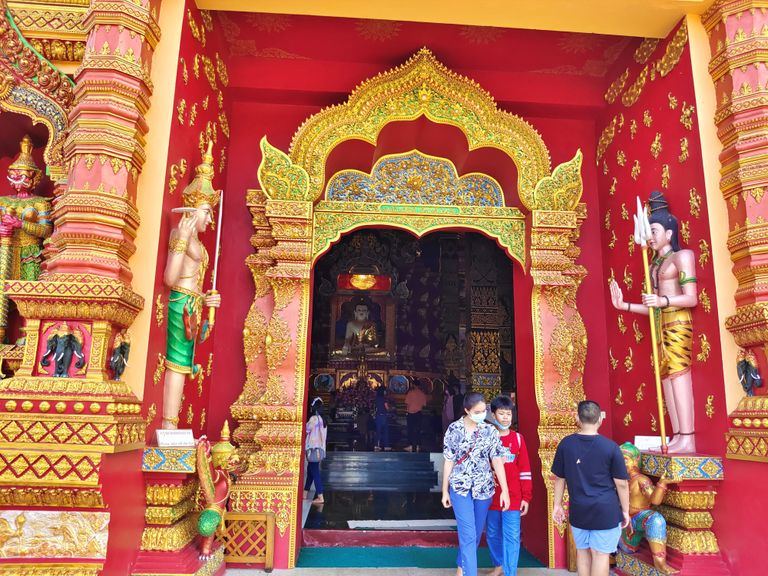
ด้านนอกแค่น้ำจิ้มๆ มาดูความวิจิตร อ่อนช้อย สวยงามภาพจิตกรรมฝาผนังด้านในกันดีกว่า (รู้สึกว่าสายตาจะเอียง ถ่ายรูปทีไรภาพเอียงทุกภาพ สั้นไม่พอเอียงอีกต่างหาก 555) ไปชมความงามด้านในกัน ตามบัวมาเล้ยยยยย.....

WOW! Stepping inside, I was immediately struck by the breathtaking beauty of the murals adorning the walls.
There’s something about seeing them in person that’s truly special. The vibrant colors and intricate details feel so alive, creating an atmosphere that’s hard to capture in a photograph. The camera lens just can’t quite convey the depth and serenity that fills this space. What do you think? Do you ever feel like some things are just meant to be seen with your own eyes?
In the center of the Chedi (pagoda), a magnificent Buddha image takes its place, radiating peace and strength. This Buddha, depicted in the posture of giving his first sermon, has a lap width of 3 meters and faces the entrance, greeting visitors with a serene gaze.
In Thailand, we use the term “Buddha image” rather than “statue” because it conveys a deeper, more respectful meaning. A Buddha image is not just a decorative figure; it’s a sacred representation of the Buddha’s teachings and presence. By calling it an “image,” Thai Buddhists emphasize the spiritual significance, seeing it as a vessel of reverence rather than a mere object.
If you’re ever planning to place a Buddha image in your home, there are a few respectful guidelines to keep in mind to honor its sacred significance:
Avoid placing it against a bathroom wall.
Bathrooms are considered impure spaces, so positioning the Buddha image away from them shows reverence.Do not position it above a door frame or on a floating shelf.
The Buddha image should ideally be placed in a position of respect, such as eye level or higher, but not where it could be seen as “overlooked” or unstable.Ensure there are no beams above the Buddha shelf.
Overhead beams are seen as a burden, and placing a Buddha image under them is thought to symbolically weigh it down.Avoid placing an amulet shelf in the bedroom.
In Thai culture, the bedroom is a private space, not suitable for items of high reverence. Instead, Buddha images and amulets are best placed in common areas where they can be respected daily.
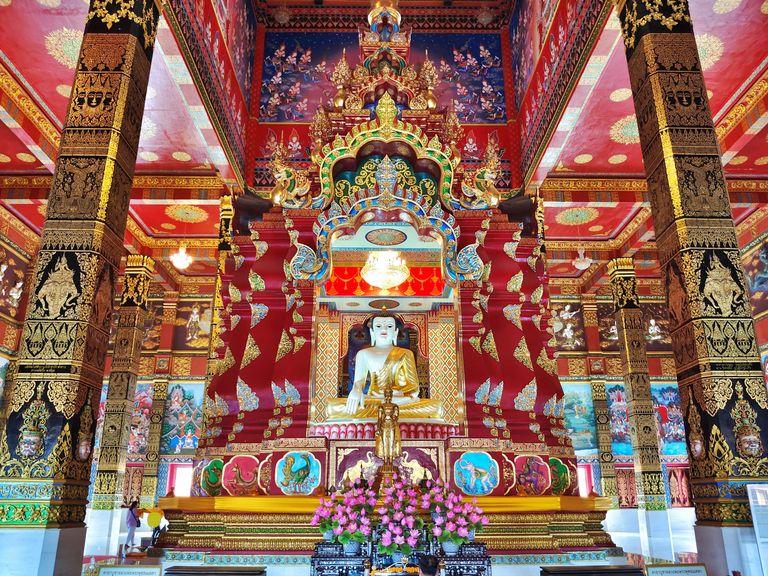
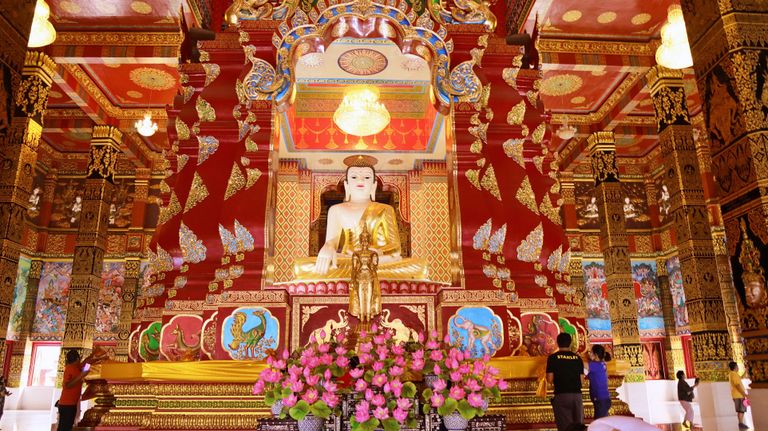
The Buddha image, known as Phra Phuttha Metta, is carved from white jade sourced from Burma, adding a touch of purity and elegance to the space.
In Thai Buddhism, the Phra That or relic serves as a symbol of the Buddha’s presence. Wherever a relic is enshrined, it becomes a revered site, cared for by Buddhists who ensure it remains preserved. The relic represents the timeless connection to the Buddha, safeguarded by devotion and respect.
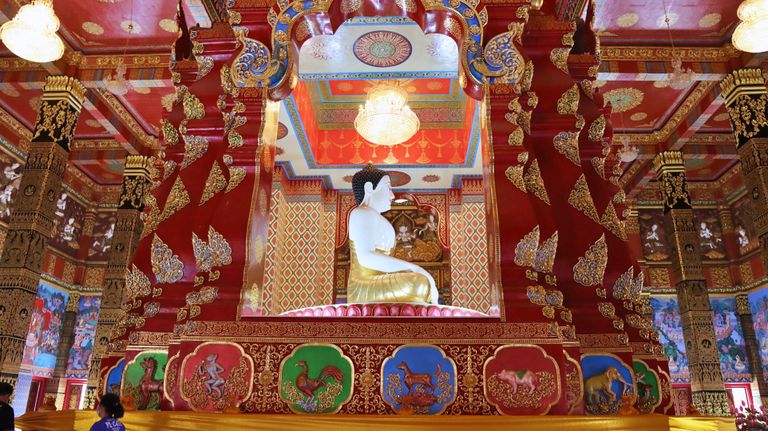
พอเห็นภาพด้านในพระมหาเจดีย์บัวถึงกับตะลึง และอึ้งไปกับความงาม และคิดว่าจะเก็บภาพความงามนี้ยังให้ ให้เหมือนกันกับที่ตาเราเห็น ภายในมีรูปพระประธานองค์ใหญ่ ประดิษฐ์ฐานอยู่ตรงกลาง พระพุทธรูปปางประทานปฐมเทศนา หน้าตักกว้าง 3 เมตร สร้างด้วยหยกขาวจากประเทศพม่า "พระธาตุ" เปรียบเสมือนตัวแทนของพระพุทธเจ้า ดังนั้นเราจะจึงเห็นได้ว่าสถานที่ใดมีพระธาตุประดิษฐานอยู่ พระบรมสารีริกธาตุนั้นไม่มีวันเสื่อมสลาย เพราะพุทธศาสนิกชนช่วยทำนุบำรุงพระพุทธศาสนา

Inside the Phra Mahathat, the walls are adorned with intricate mural paintings that beautifully narrate the life of the Buddha. These murals capture the major events and teachings of the Buddha’s journey, accompanied by sumptuous Thai Kanok patterns that add an extra layer of elegance and reverence to the space.
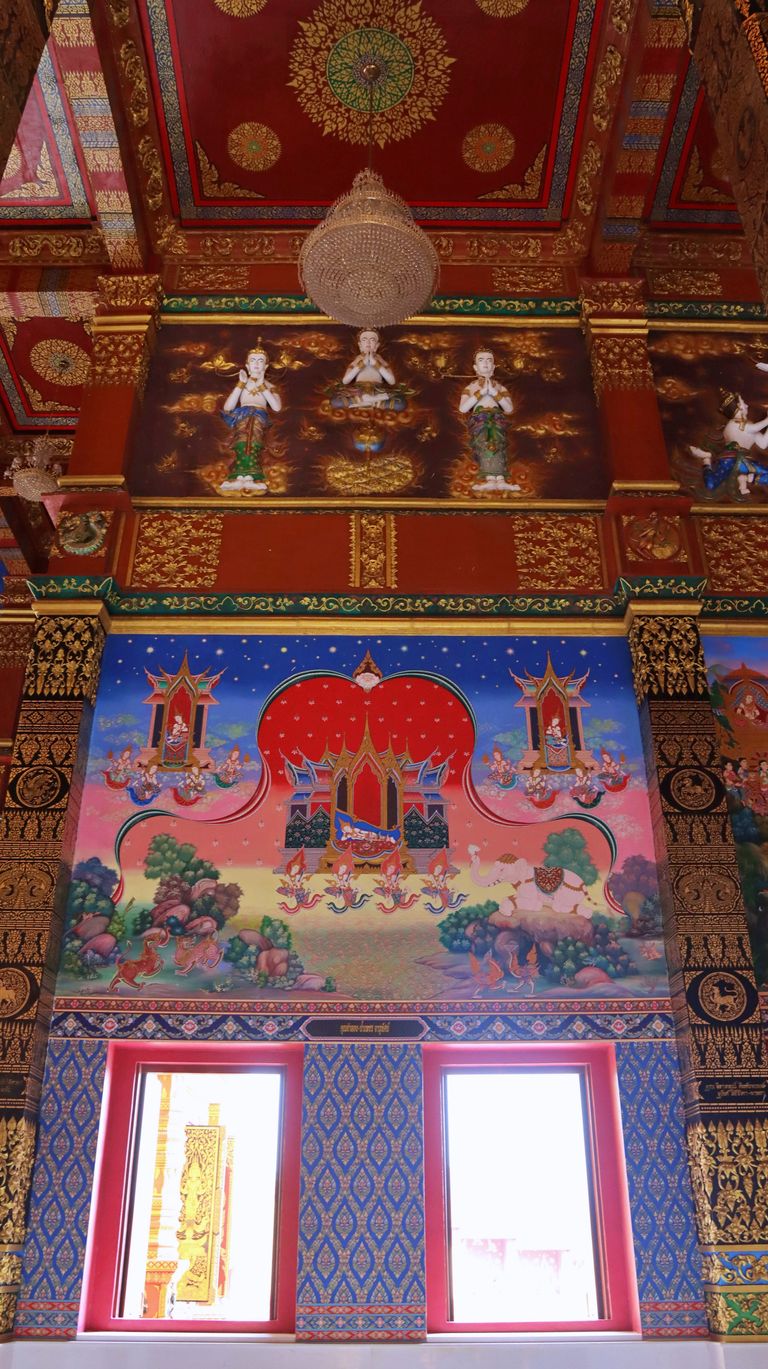
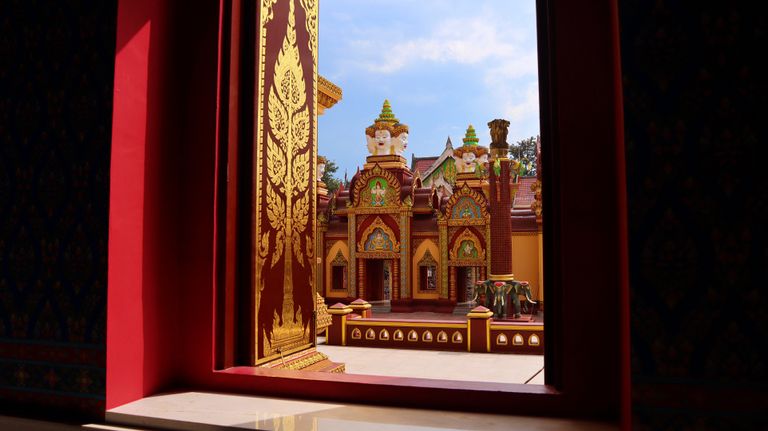
The Kanok pattern, inspired by elements of nature and Thai mythology, is a signature of Thai art and is commonly used to decorate sacred spaces. Its flowing, flame-like design represents purity and devotion, making it a fitting backdrop to the Buddha's story.
If you take a moment to look out the window, you’ll also catch a glimpse of the upper arch of the four-faced Brahma statue—a revered figure in Thai culture known for embodying kindness, compassion, and wisdom.
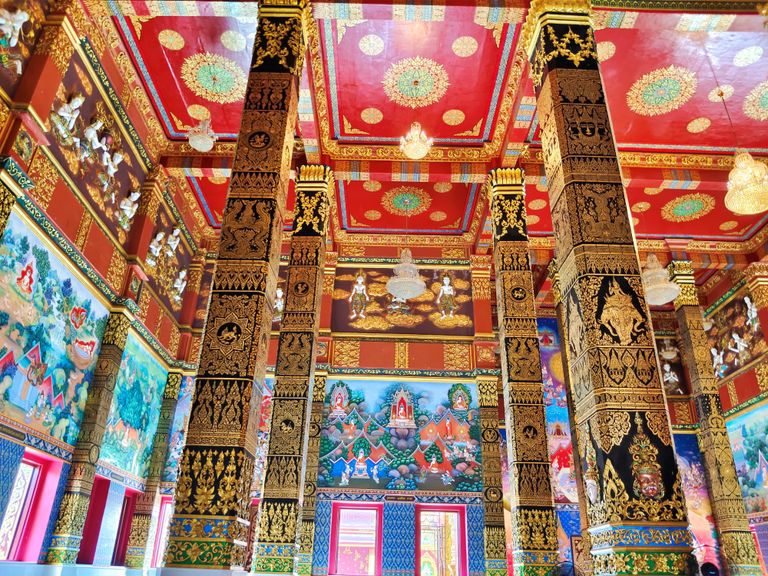
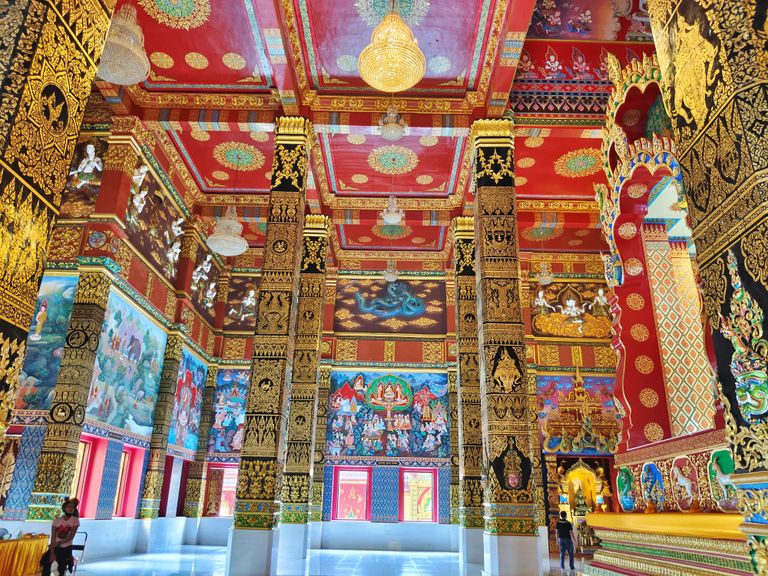
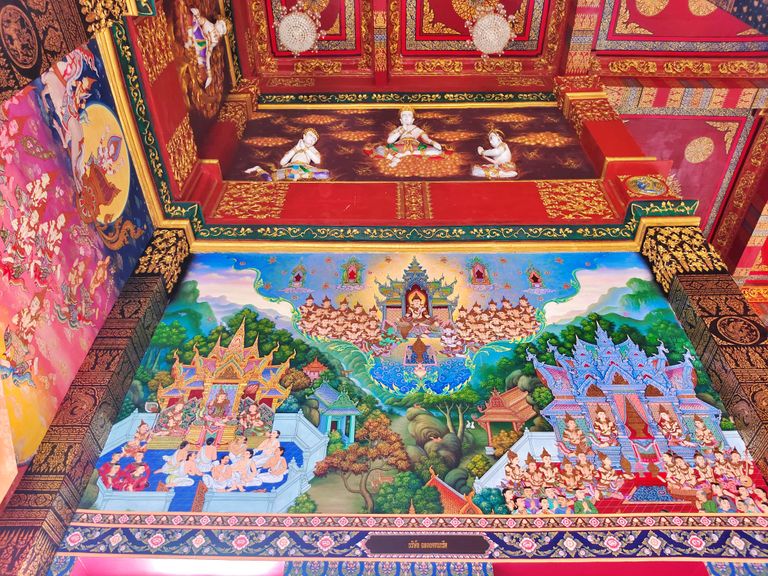
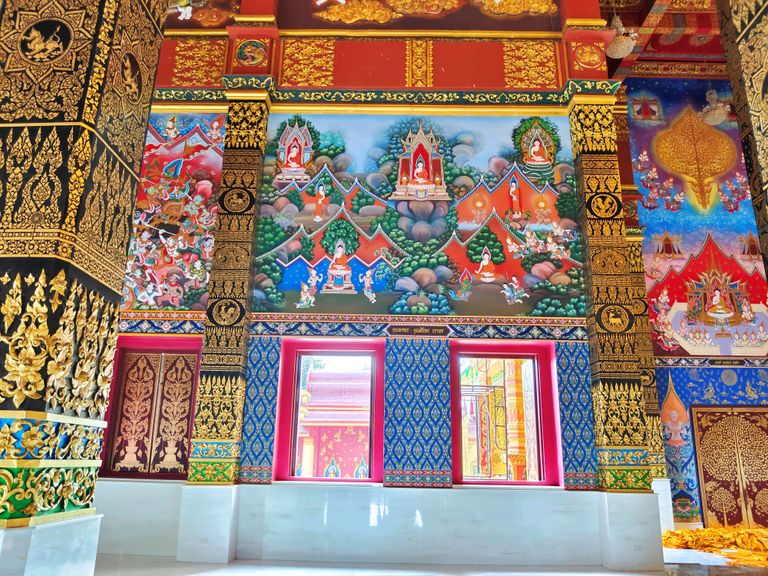
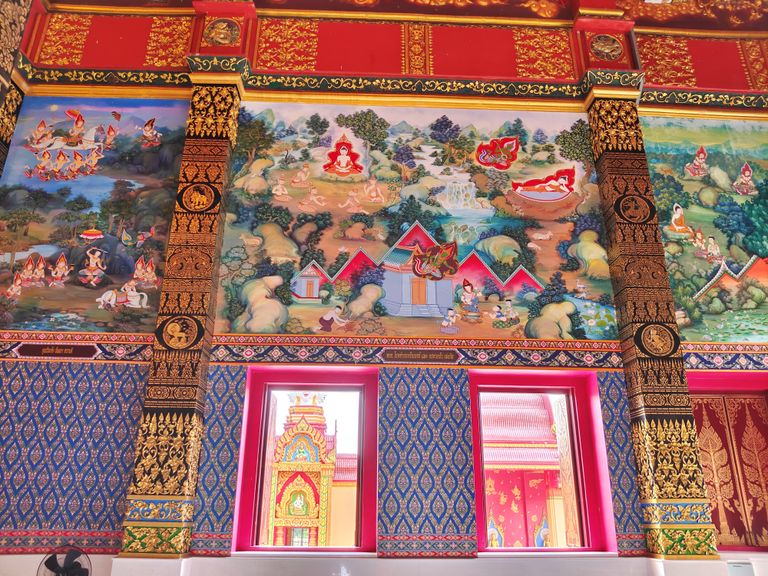

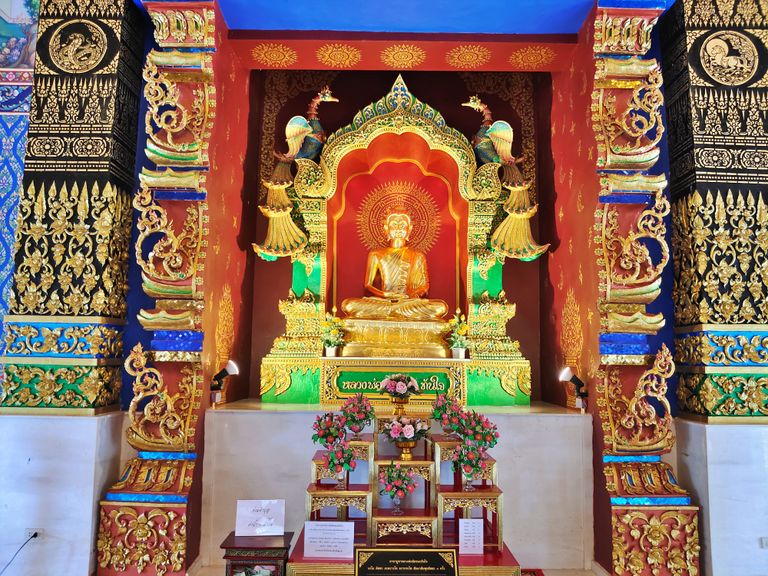
จะเห็นได้ว่าภายในพระมหาธาตุเจดีย์ ประดับประดาด้วยภาพจิตรกรรมฝาผนังที่อ่อนช้อยและงดงาม ตกแต่งด้วยลายกนก ลวดลายไทยวิจิตรงดงาม เป็นพุทธประวัติ ที่บอกเล่าเรื่องราวเกี่ยวกับพระพุทธเจ้า ตั้งแต่ทรงประสูติ ตรัสรู้ และปรินิพาน (รู้สึกว่าโพสต์นี้ใช้คำว่างดงามได้เปลืองมาก 555 คือมันเหมาะกับคำนี้จริงๆ)

Upon arriving at the temple, many good Buddhists choose to make merit—an act of devotion that I explained at the beginning of our journey. Making merit often involves purchasing flowers, incense sticks, and candles to offer in homage to the main Buddha image. This ritual is a way to express gratitude and reverence, with the hope of preserving Buddhism and inviting peace and blessings into one’s life.
These simple but meaningful gestures connect us to the timeless traditions of Buddhism, keeping its teachings alive for generations to come.

เมื่อมาถึงวัดแล้ว เราพุทธศาสนิกชนที่ดีควรทำบุญด้วยการซื้อดอกไม้ ธูป เทียน นำไปกราบไหว้พระประธานองค์ใหญ่ เพื่อเป็นการทนุบำรุงพระพุทธศาสนาสืบไป
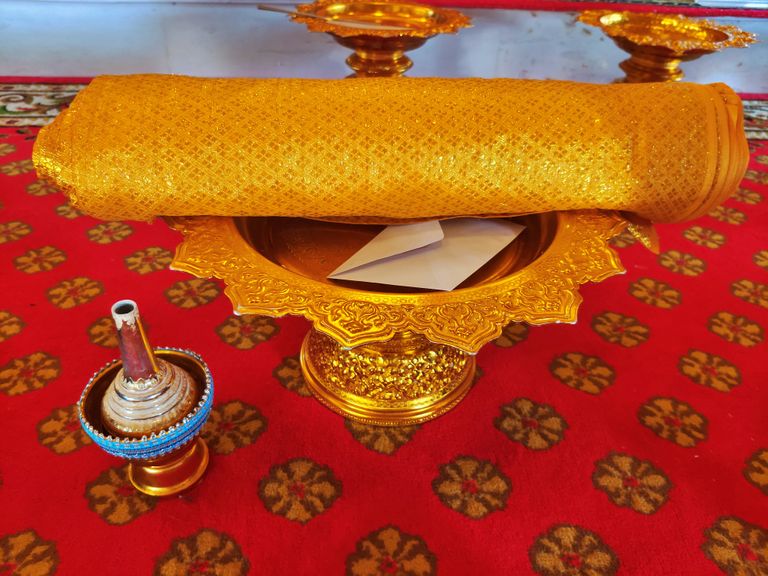
ทำบุญส่งท้ายปีเก่าต้อนรับปีใหม่ บัวได้ทำบุญด้วยการห่มผ้าพระธาตุด้วย เพื่อความเป็นสิริมงคล ร่มเย็น แก่ตัวเองและครอบครัว
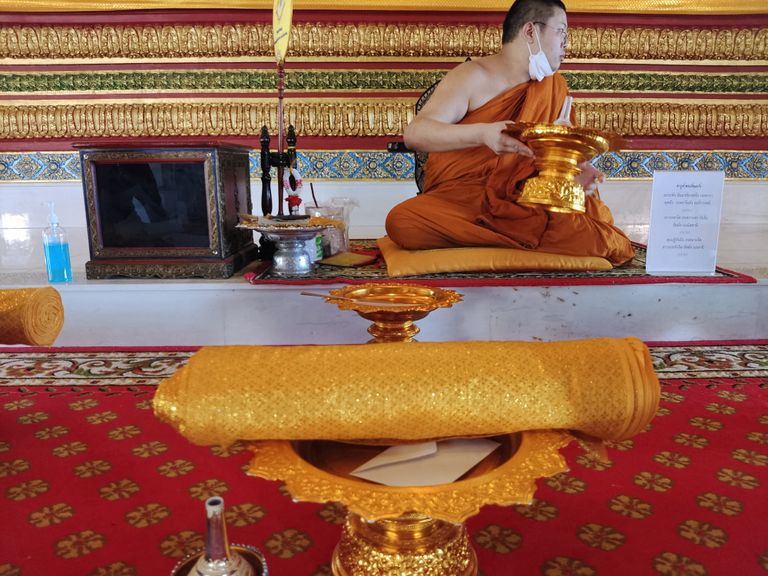
I joined in the merit-making with my youngest son, participating in the relic offerings alongside my family. It was a special moment for us to share this tradition together, honoring our faith and adding to the blessings for our loved ones.
Throughout each day, Buddhists arrive to make merit, offering their prayers and blessings. The monks who lead these ceremonies dedicate themselves fully, reciting sacred chants and walking around the relics as an act of devotion. It’s a demanding task that requires strength and resilience, as they chant loudly and continuously to maintain the ritual’s sacred atmosphere.
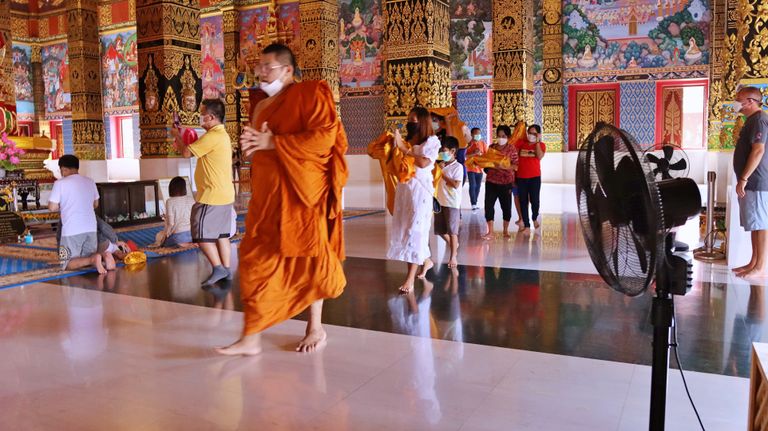
The ceremonial cloth used to cover Phra That Phanom is typically a vibrant yellow. Before the procession, monks present offerings and lead the way, carrying the cloth as a symbolic gift to Buddha.
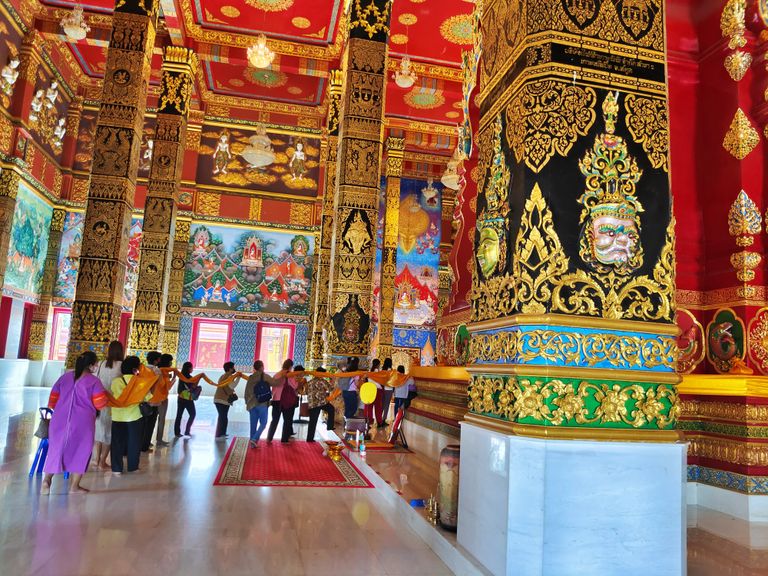
This "Phra That Buddha Blanket" procession holds deep significance in Thai Buddhism. Offering the blanket to relics is considered a highly sacred act, symbolizing warmth and peace. Those who partake in this ritual believe it brings harmony and happiness to their families and invites the Buddha’s blessings into their lives.
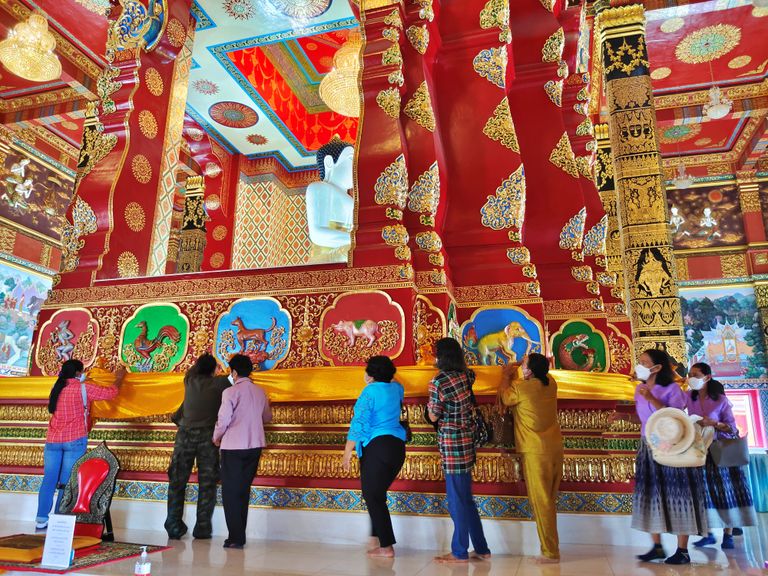
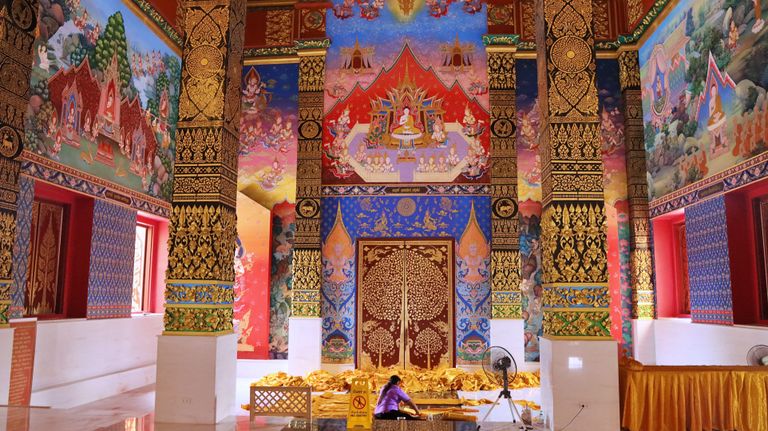
After the relic offering ceremony, a temple official carefully collects the relic cloth, folding it neatly for the next group of Buddhists. This process repeats throughout the day, allowing continuous participation in the merit-making ritual.
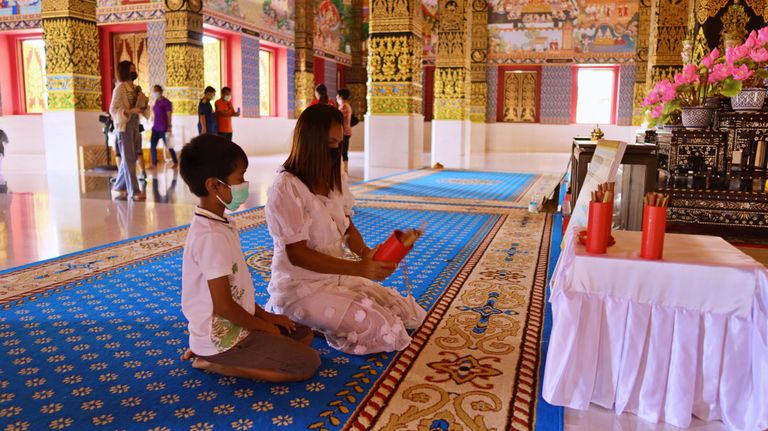
After offering relics, it was time to try my luck with the fortune sticks! A ritual of shaking a bamboo cylinder filled with numbered sticks to reveal a fortune.

I ended up with prophecy number 7—but not without a bit of persistence! My first shake gave me number 10, which had a rather unfavorable prediction, so I decided to shake again until I got something a bit more promising. 😜😜😜
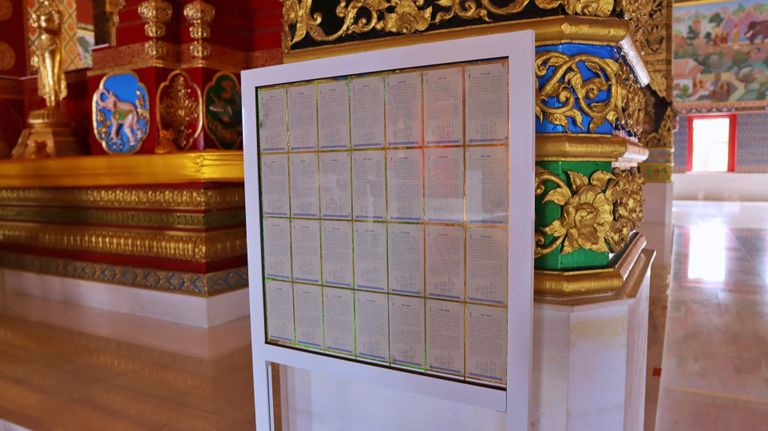
At this temple, the prophecy board provides easy access for visitors to read their fortunes. For those who want to be environmentally friendly, you can simply snap a photo of your prophecy with your phone instead of taking a paper slip—saving paper and reducing waste!
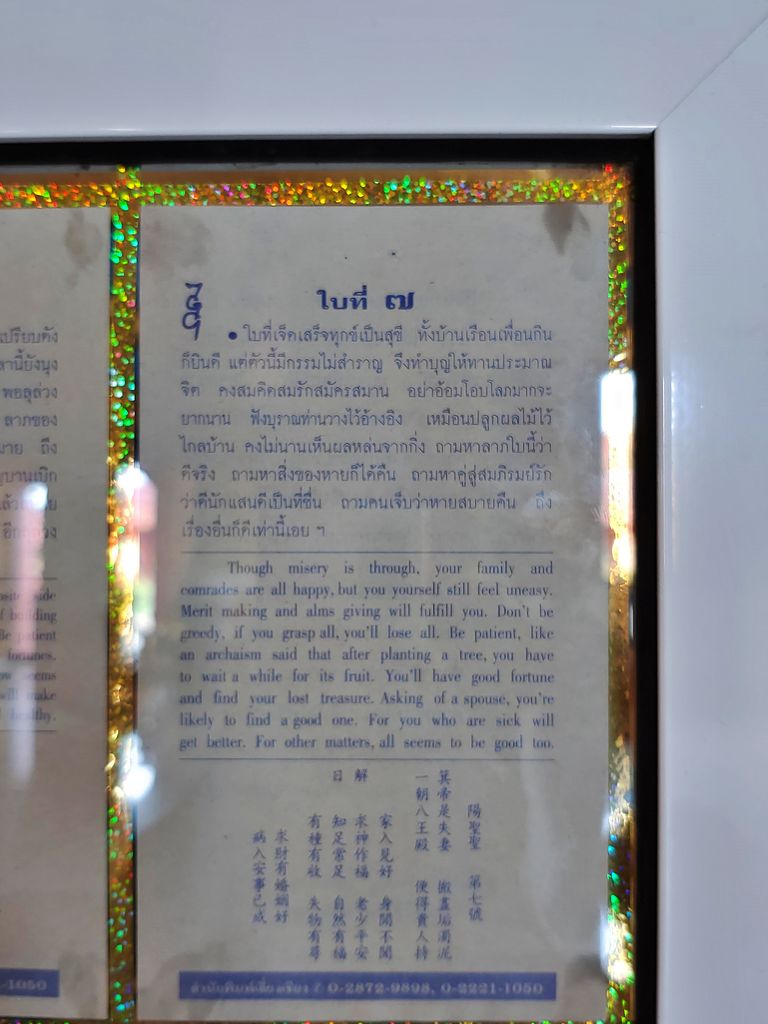
Here it is—my second fortune, a bit of encouragement for the journey ahead! 😜😜😜
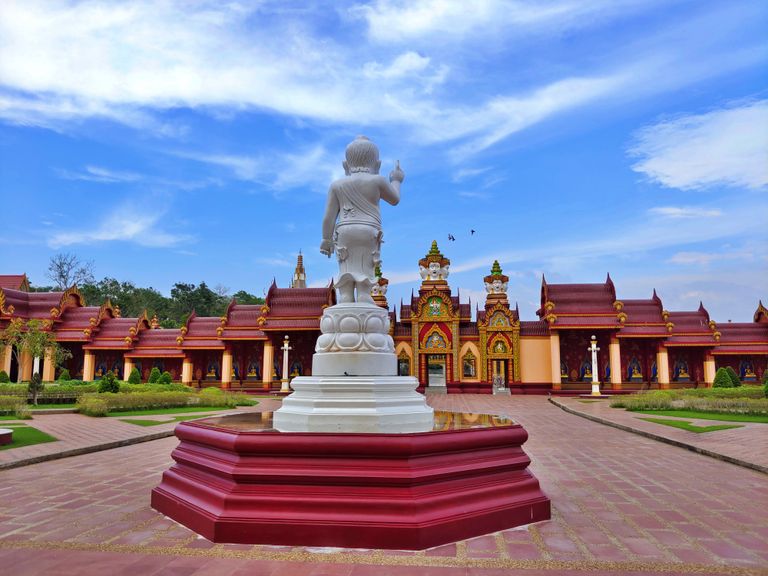
After spending a lot of time exploring the beautiful interior of the temple, I saved a few special spots outside to share with you as well. Let’s step out of the main compound and take a look around.
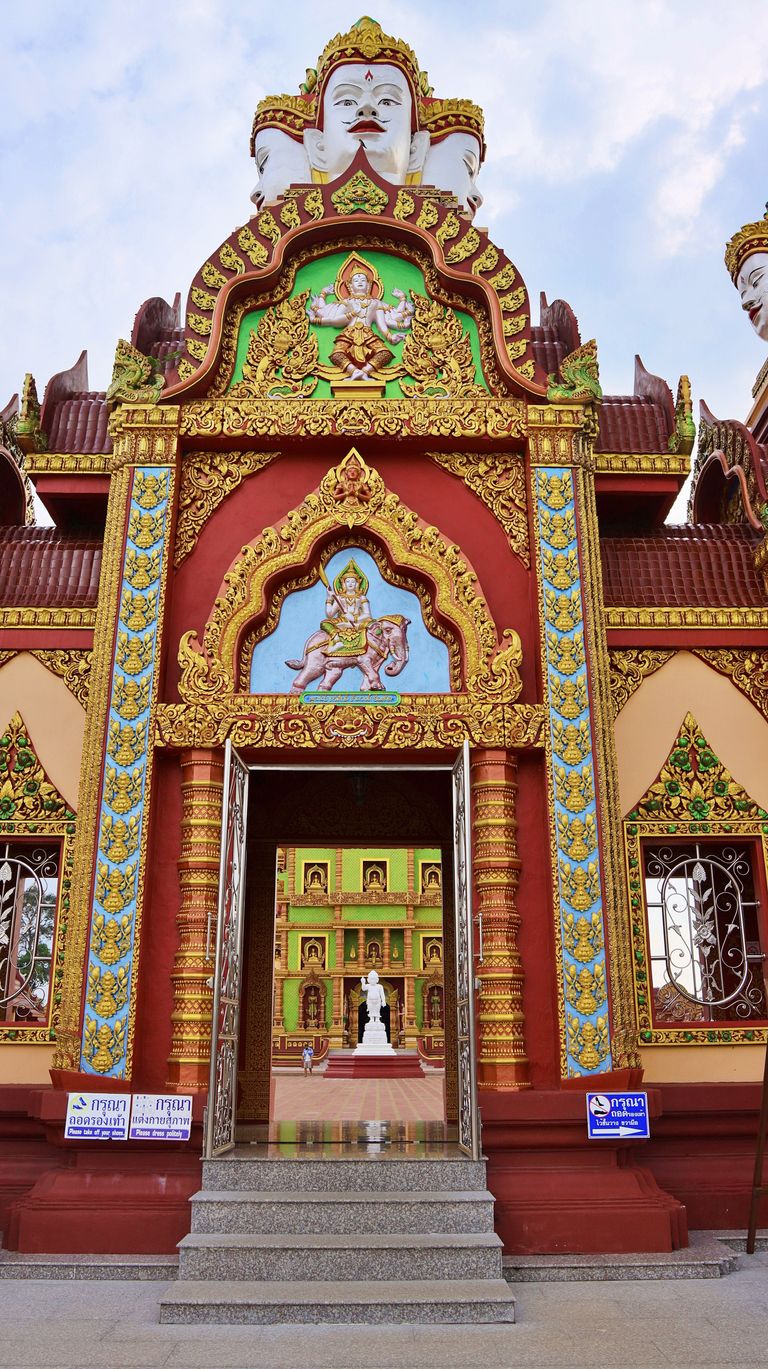
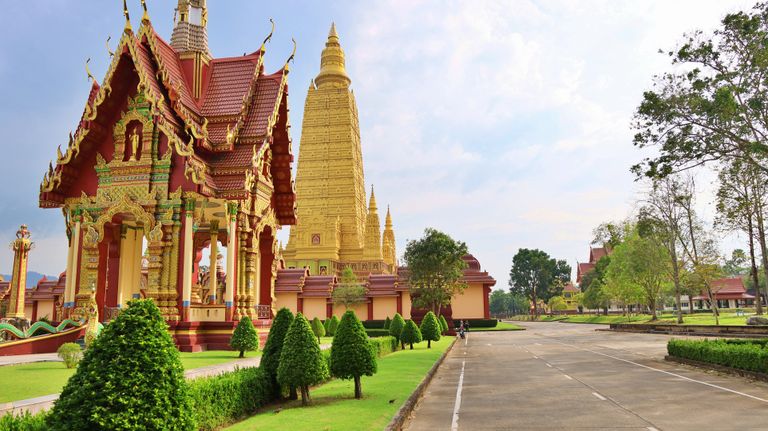
When standing in front of the temple, to the right of the main enclosure, you’ll find even more wonders waiting to be admired. Let’s take a stroll and see what unique sights this area has to offer.
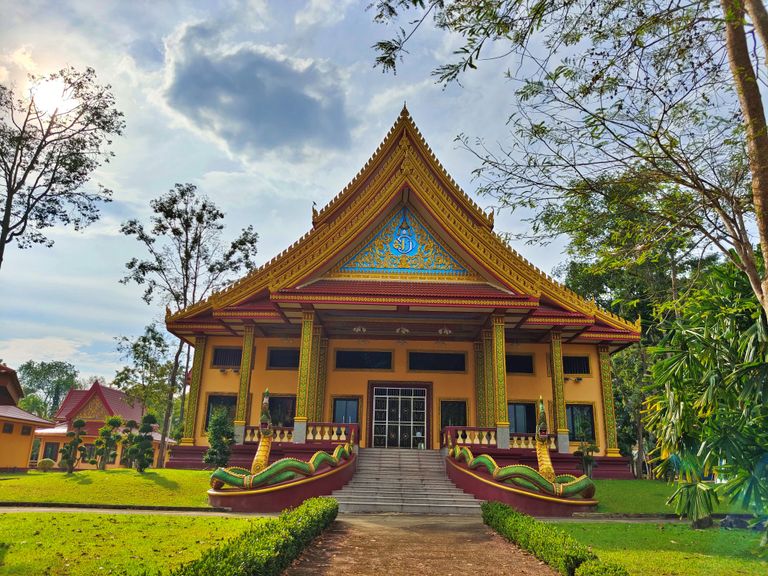
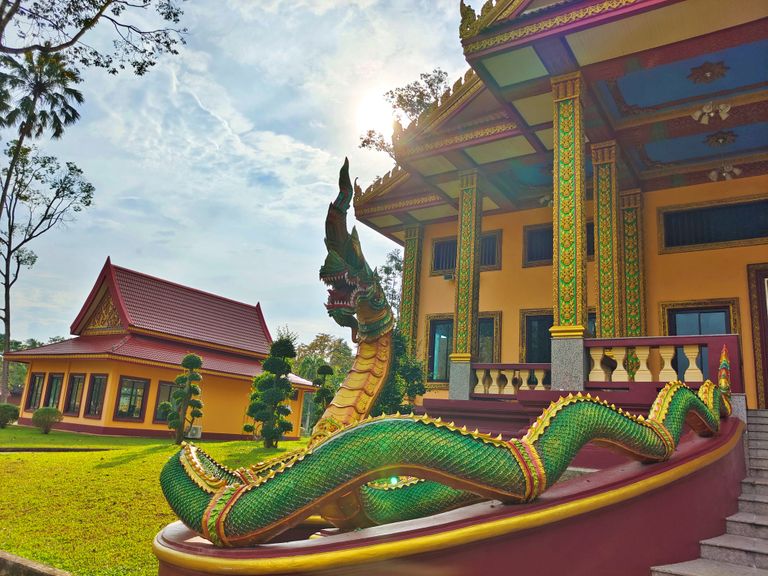
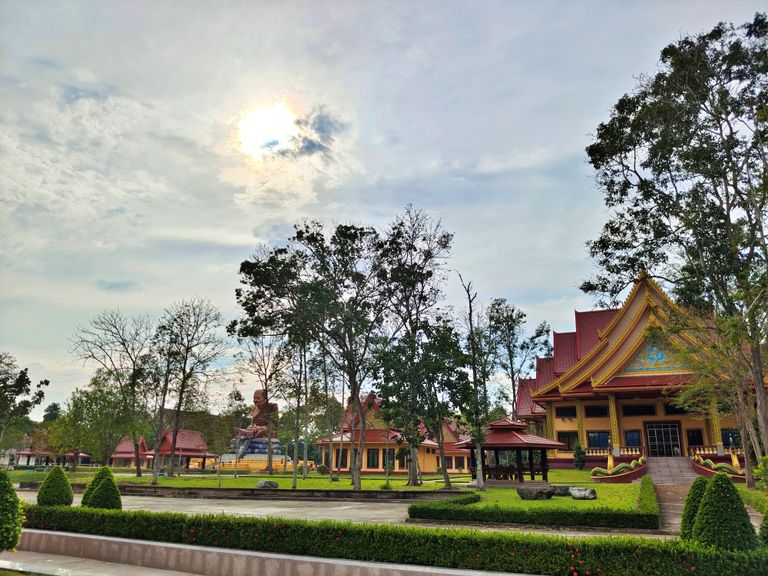
หลังจากที่ทำบุญถวายผ้าห่มพระธาตุเสร็จเรียบร้อย บัวก็จัดการเสี่ยงเซียมซี ตอนแรกได้หมายเลข 10 อ่านแล้ว ถึงกับร้องเฮ้ย! ขอเสี่ยงใหม่ได้ไหม๊อ่ะ บัวก็ลงมือเขย่าๆ กระบอกติ้วไม้เป็นครั้งที่ 2 (แบบนี้ก็ได้หรอ 555) ได้หมายเลข 7 อ่านแล้วก็ดีขึ้นมาหน่อย จะไปเขย่าอีกเป็นครั้งที่ 3 นี่ก็เกินไปหน่อยแล้วไหม๊อ่ะ 555 เมื่อเรียบร้อยทุกอย่าง ไม่ว่าจะเป็นการทำบุญ ถ่ายรูป จากนั้นก็เดินออกมาด้านนอก เพื่อไปถ่ายรูปด้านนอกที่ยังไม่ได้ถ่าย เพราะมุ่งตรงเข้ามาถ่ายรูปด้านในก่อน

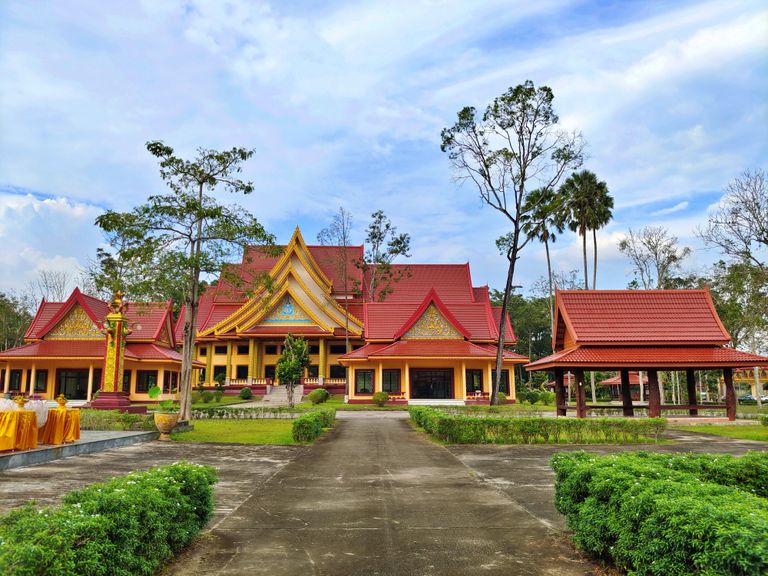
ด้านนอกก็สวยไม่แพ้กันค่ะ มีต้นไม้ใหญ่ปลูกอยู่ทั่วบริเวณวัด ทำให้อากาศไม่ร้อนมากนัก แต่ถ้าใครมาควรจะพกร่ม หรือหมวกมาด้วยก็นะคะ โดยเฉพาะช่วงเที่ยง เพราะบางจุดไม่มีร่มไม้เลย
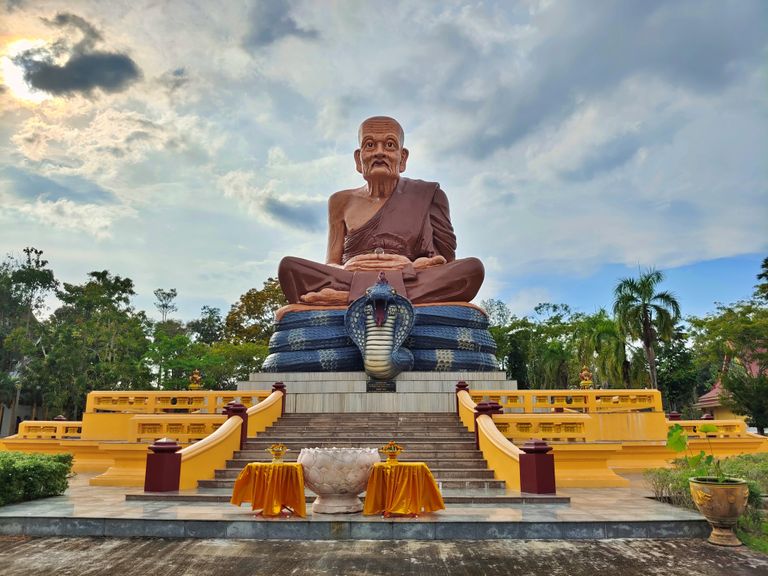
One striking statue here is of Luang Pu Thuad (with “Pu” meaning “grandfather”), a revered Buddhist monk who lived in Siam (former name of Thailand) over 400 years ago. This impressive statue, measuring 9 meters in width, shows him seated atop a king cobra, symbolizing an extraordinary episode in his life.
Luang Pu Thuad, who was born in 1582 and lived to be 100 years old, is known for his legendary powers and deep compassion. Among his many acts, he is famously remembered for his ability to turn seawater into fresh drinking water—a miracle that saved many lives. His wisdom and compassion have made him one of the most respected monks in Thai history.
This statue recalls a remarkable story from his childhood. As a young boy, Luang Pu Thuad was already recognized for his generous spirit and frequent acts of merit-making. One day, while he was asleep in the garden, a large snake approached him and coiled itself around his body. When his parents arrived, they realized that this snake was no ordinary creature but a deity paying respect to the boy’s pure heart and compassionate deeds. From that day on, he was seen as a child blessed with divine favor, destined to become a spiritual leader.
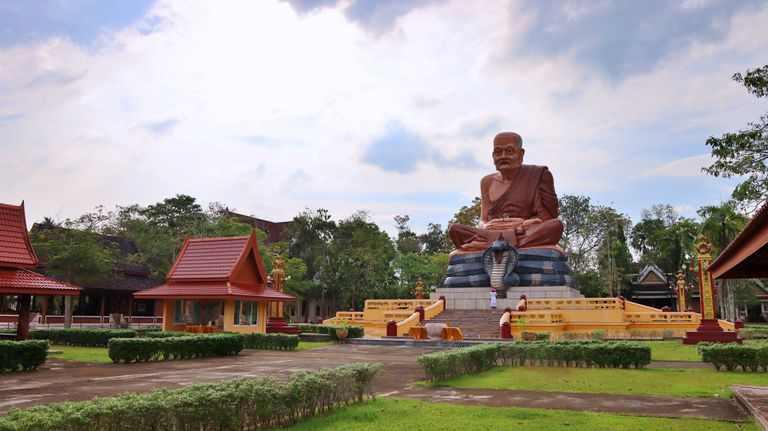
มีรูปหล่อ หลวงปู่ทวด ขนาดใหญ่ หน้าตักกว้าง 9 เมตร 9 นิ้ว นั่งประทับบนงูจงอาง ด้วยพลังแห่งตำนาน หลายคนคงจะรู้จัก "หลวงพ่อทวดเหยียบน้ำทะเลจืด" หลวงพ่อทวดสามารถเปลี่ยนน้ำทะเลเป็นน้ำดื่มได้ หลวงพ่อทวดเกิดปี ค.ศ. 1582 และเสียชีวิต 100 ปีต่อมา เป็นพระภิกษุที่นับถืออย่างสูงที่อาศัยอยู่ในสยาม (ชื่อเดิมของประเทศไทย)
มีเหตุการณ์อัศจรรย์เกิดขึ้น ตอนที่ท่านยังเป็นเด็กทารกแบเบาะ พ่อกับแม่ได้ออกไปเกี่ยวข้าวที่นาของเศรษฐีปาน แล้วได้ผูกเปลท่านไว้กับต้นไม้ พ่อกับแม่ก็ไปเกี่ยวข้าว ตอนที่แม่ของท่านจะมาให้นม ก็ได้เห็นงูจงอางตัวใหญ่พันรอบเปล ทำให้นางตกใจมาก ร้องเรียกสามี เมื่อสามีเห็นดังนั้นก็พยายามไล่งูจงอาง แต่งูจงอางก็ไม่ไป สามีจึงได้ก็ได้ตั้งจิตอธิฐานขอให้งูนั้นอย่าทำร้ายลูกของตน หลังจากนั้นงูจงอางก็ได้เลื้อยเข้าป่าไป และทิ้งเมือกแก้วขนาดใหญ่ไว้ หลังจากนั้นเมือกแก้วก็กลายเป็นลูกแก้ว
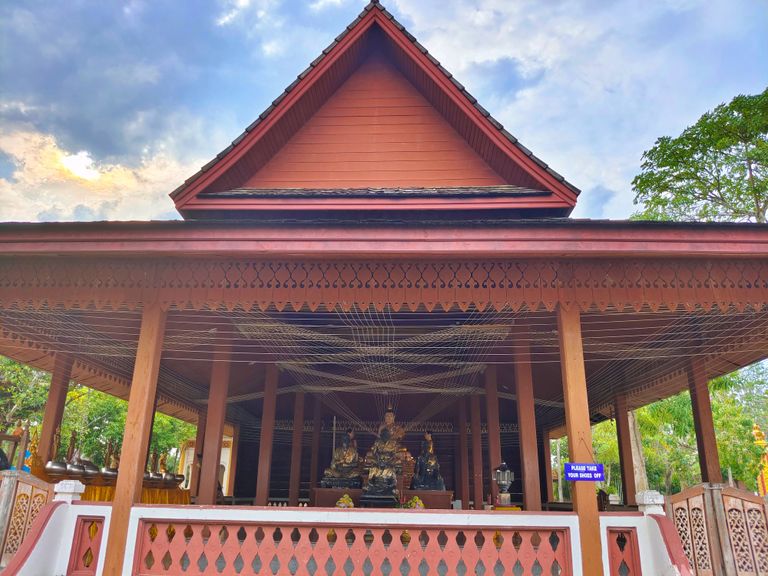
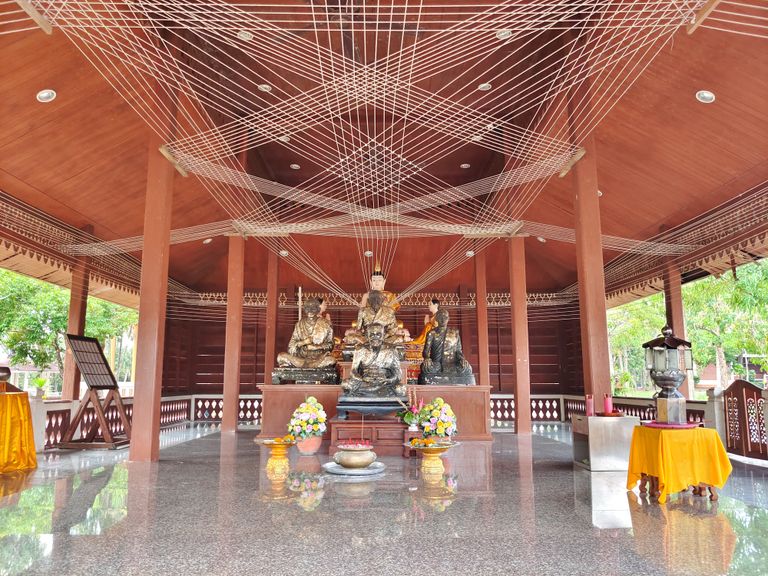

The Wat Maha That Wachiramongkol temple is truly awe-inspiring, not only for its grand scale but also for the countless treasures it holds.
As we explored the right side of the temple, we found ourselves nearly alone despite the abundance of remarkable sights. I hope that when you visit, you’ll make time to explore this lesser-traveled area—you won’t regret it! 😉
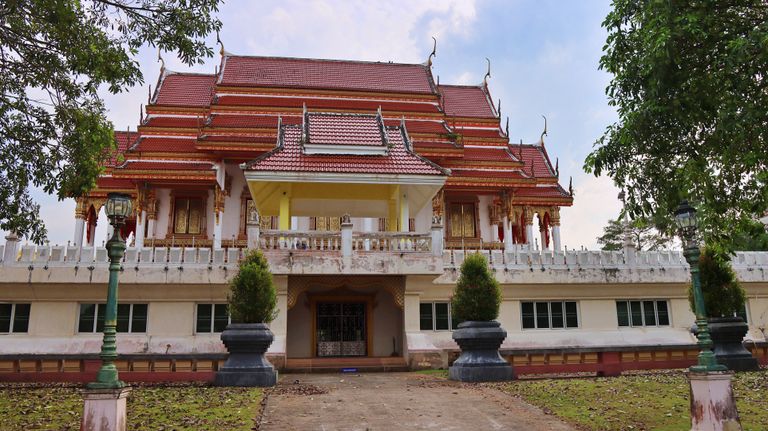
In addition to these magnificent structures, the royal abbot has recognized the importance of education within the Sangha (a term referring to Buddhist monastic communities). To support this vision, a building dedicated to teaching Dharma-Pali was established within the temple grounds. This facility provides monks and novices with a place to study and deepen their understanding of Buddhist teachings.
The term Dharma-Pali refers to the Buddha’s teachings in their essential form, focusing on foundational principles such as the Four Noble Truths and the Noble Eightfold Path. By studying Dharma-Pali, monastics can cultivate wisdom and virtue, guiding them on the path to enlightenment and helping them support their communities.
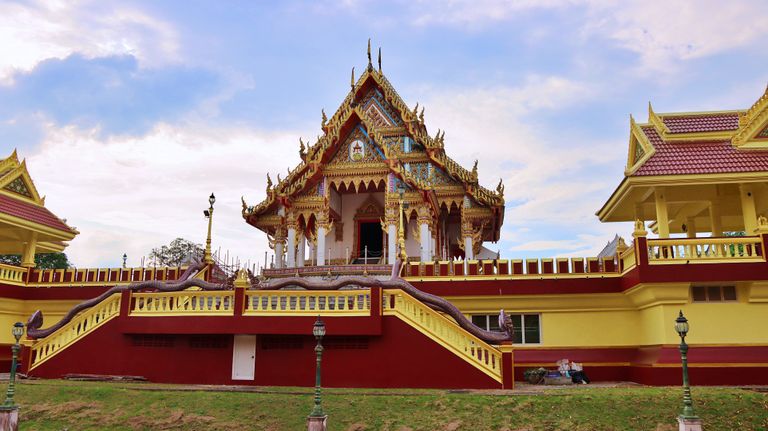
ที่วัดบางโทงนี้นอกจากการพัฒนาวัตถุถาวรภายในวัดแล้ว เจ้าอาวาสยังเล็งเห็นถึงความสำคัญของการศึกษาของคณะสงฆ์อีกด้วย ดังนั้นการก่อสร้างอาคารเรียนสำหรับกรมธรรมะบาลีจึงถูกสร้างขึ้นเพื่อเป็นสถานที่ศึกษาธรรม-บาลี สำหรับพระภิกษุสามเณรของวัดและพระภิกษุสามเณรที่สนใจศึกษา
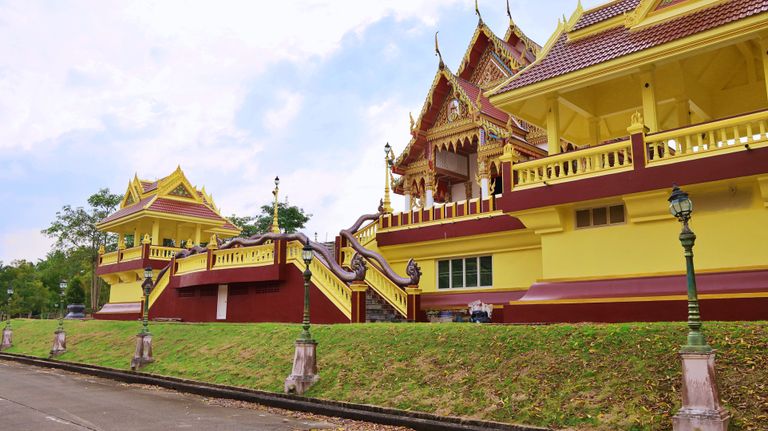
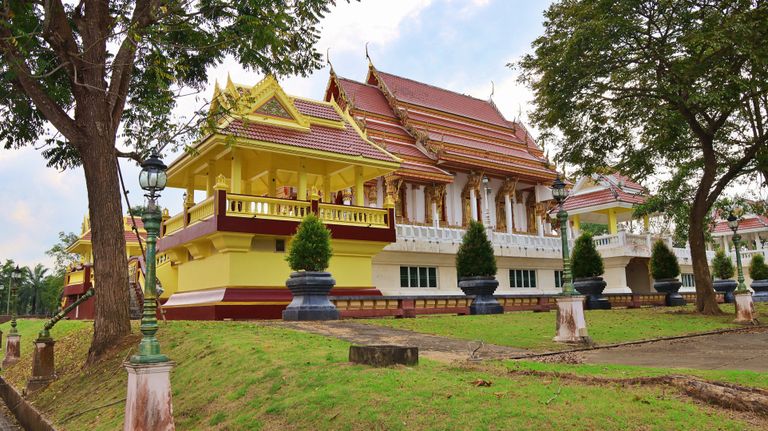
เสียดายตอนที่เดินมาทางนี้บัวถ่ายรูปแค่หลวงปู่ทวด เสร็จแล้วก็เดินกลับไปยังที่จอดรถ เพราะเหนื่อยที่เดินทางตั้งแต่เช้า แต่ไม่รู้ว่าด้านในมีอาคารสีทองสวยๆ อยู่ เลยไม่ได้เข้ามาถ่ายรูป ภาพอาคารสีทองนี้สาเป็นคนถ่าย นางบอกว่าไม่ค่อยมีคนมาสนใจฝั่งนี้เลย คนส่วนใหญ่มาแล้วก็จะเข้าไปภายพระธาตุเจดีย์มากกว่า
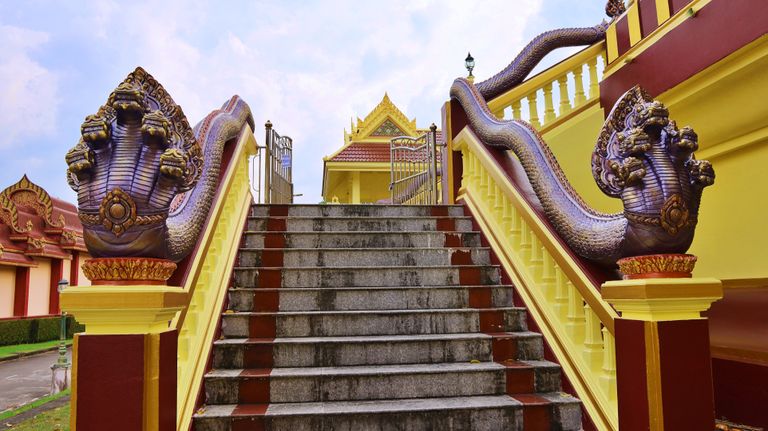

And now, it’s time to hit the road again. I hope you enjoyed this visit to Wat Maha That Wachiramongkol as much as I did! I’ve done my best to capture the beauty and spirit of this incredible place, even though, I’ll admit, this post turned out as long as the day we spent there! 🤣
If you enjoyed this post, don’t forget to reBlurt, follow me for more adventures, and leave a comment to share your thoughts! I’d love to hear what you think! 💕
| 📷 Photo Credit | Smartphone |
|---|---|
| Model | Vivo X60 5G, Canon M50 |
| Type | Android |
| Photographer | @baiboua |
| Location | Wat Bang Thong, Ao Luek, Krabi Province |

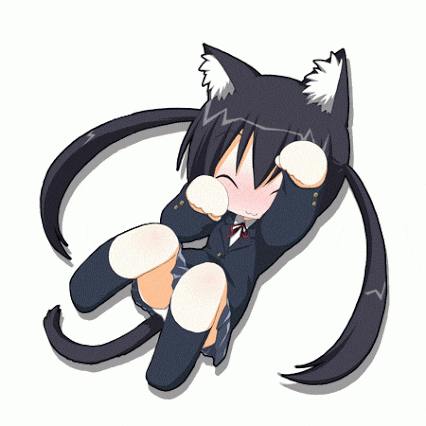
🌸 Thank you for your support 🌸
💖 ขอบคุณสำหรับการโหวต 💖
💕 เลิฟนะยู้ววววววว 💕
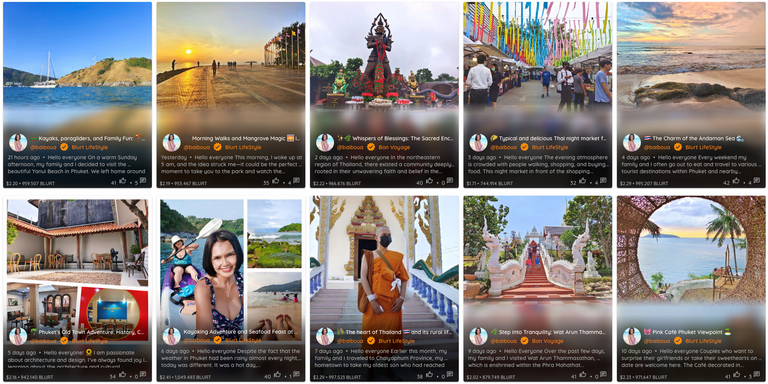
Golden color temple .i Like very nice❤️❤️
A really impressive pagoda and temple, thanks for the comment and I'm glad you enjoyed it 🌸